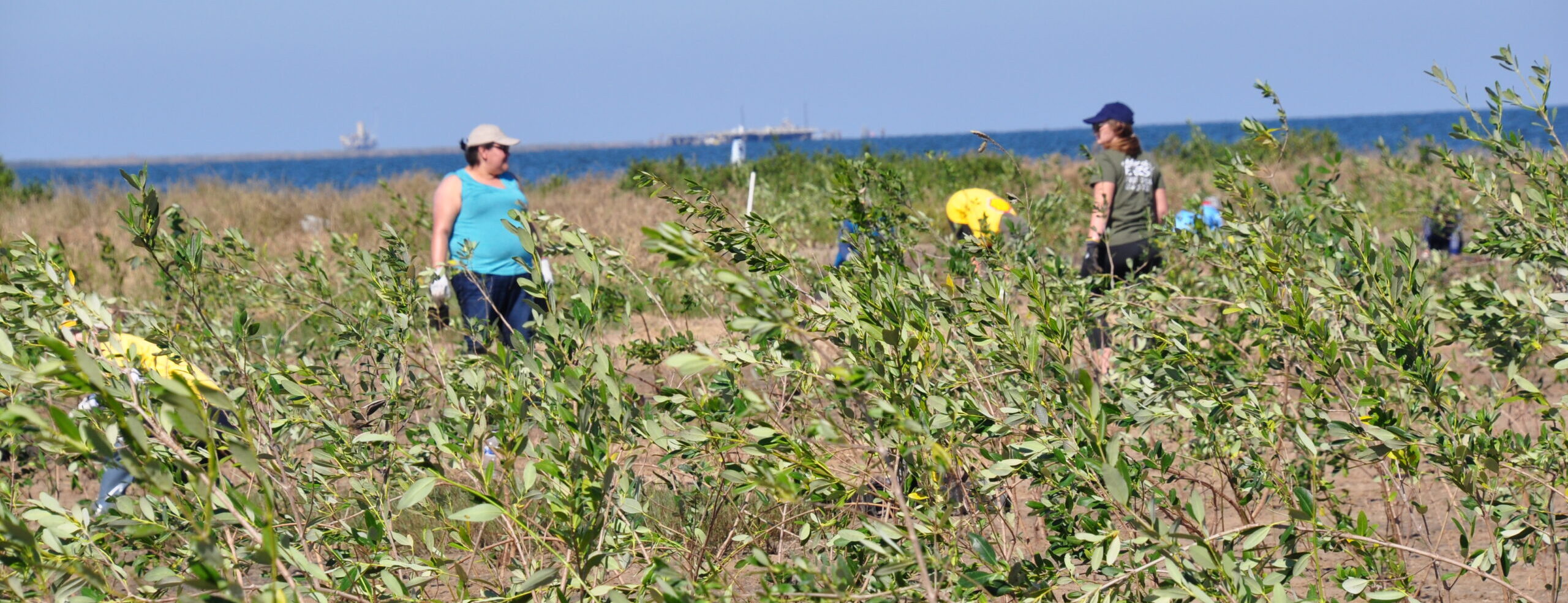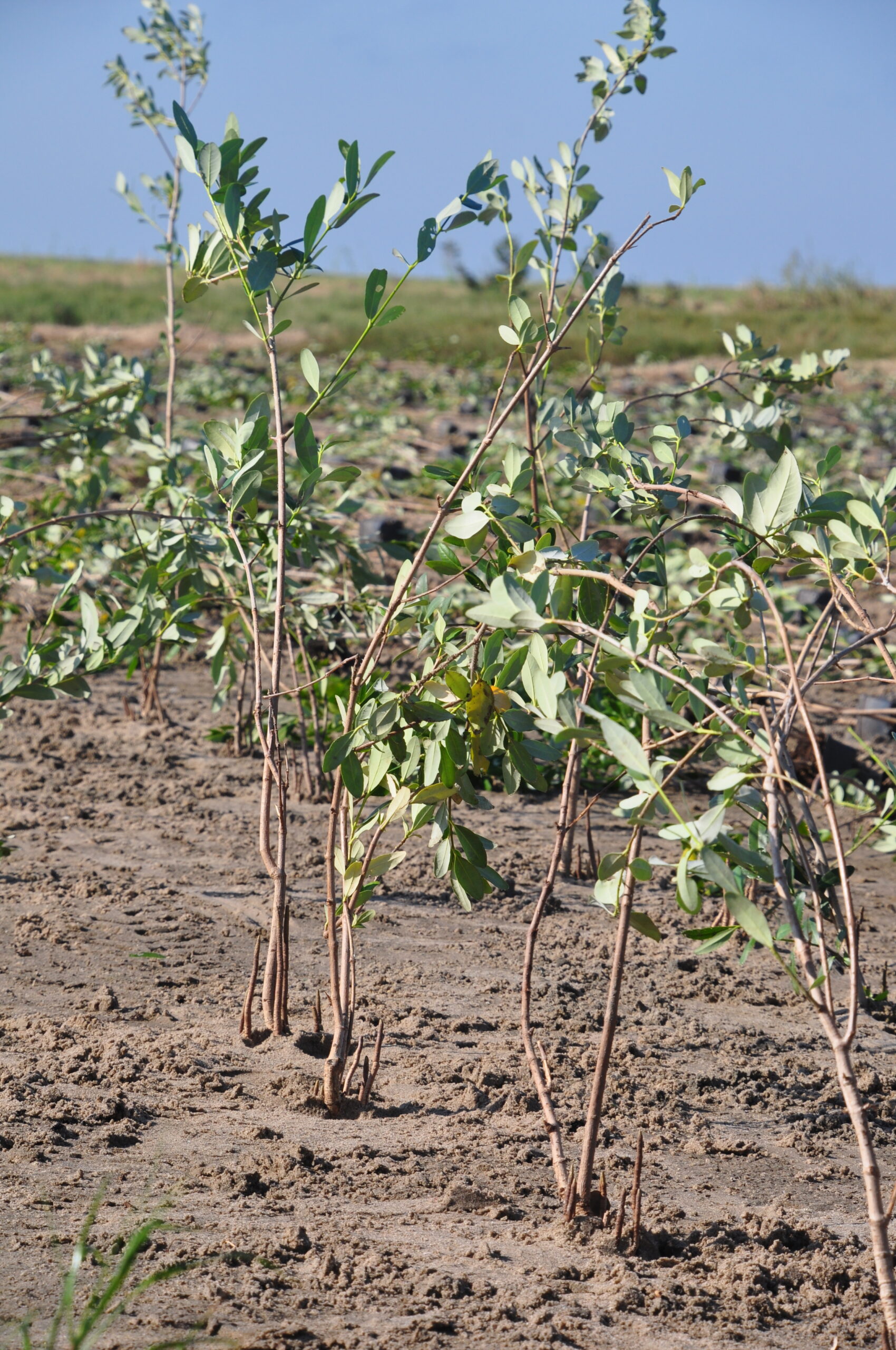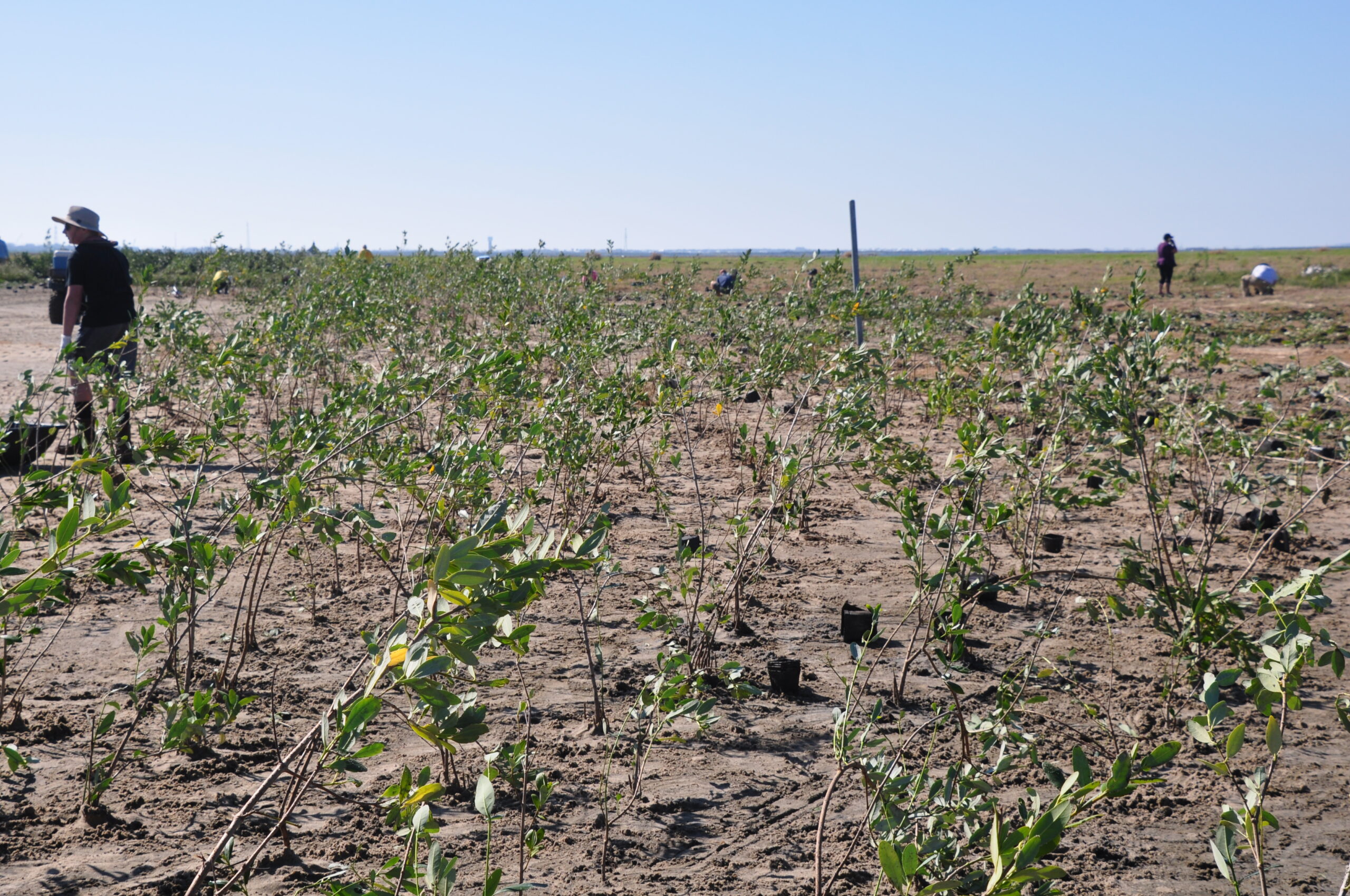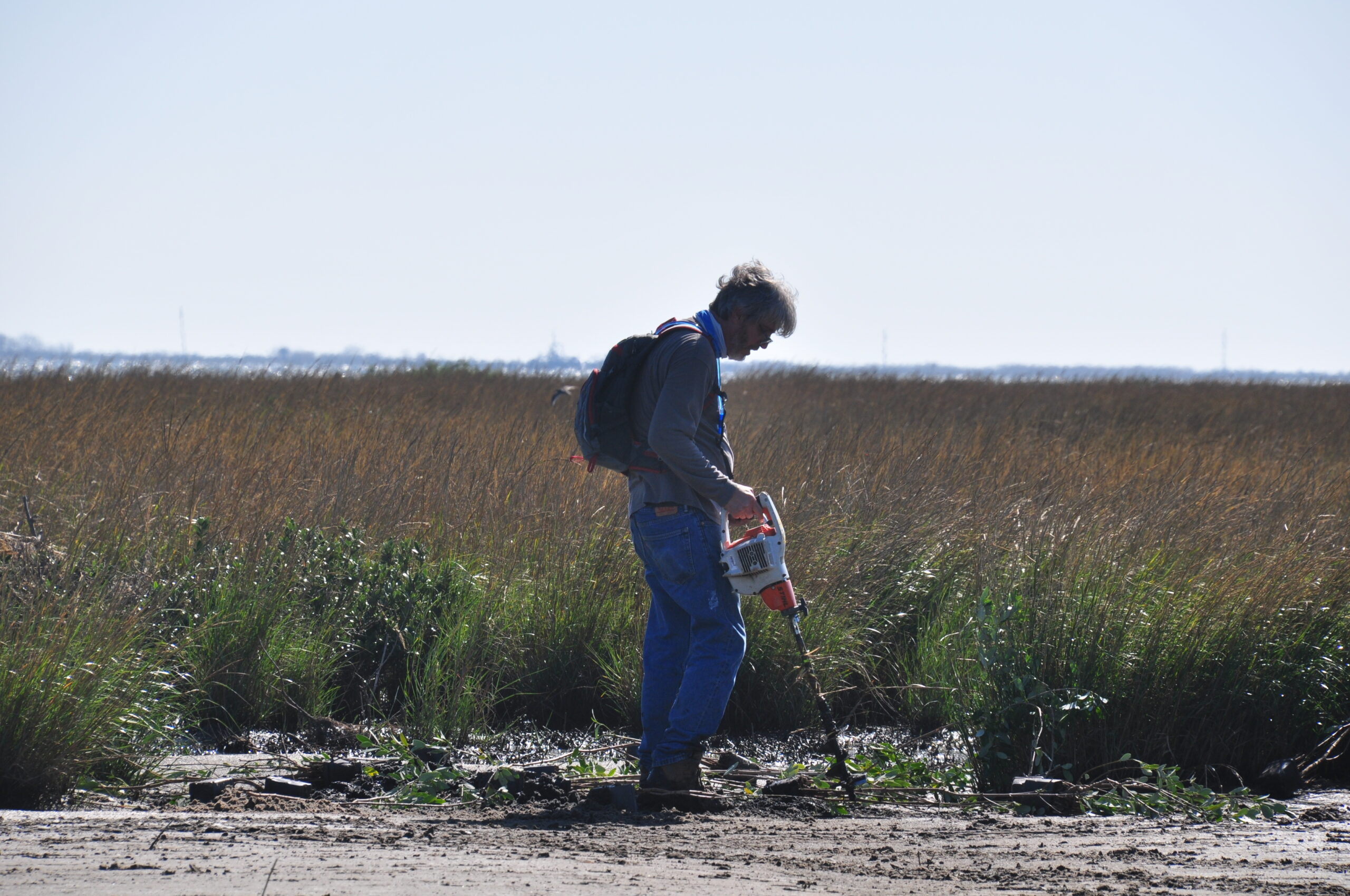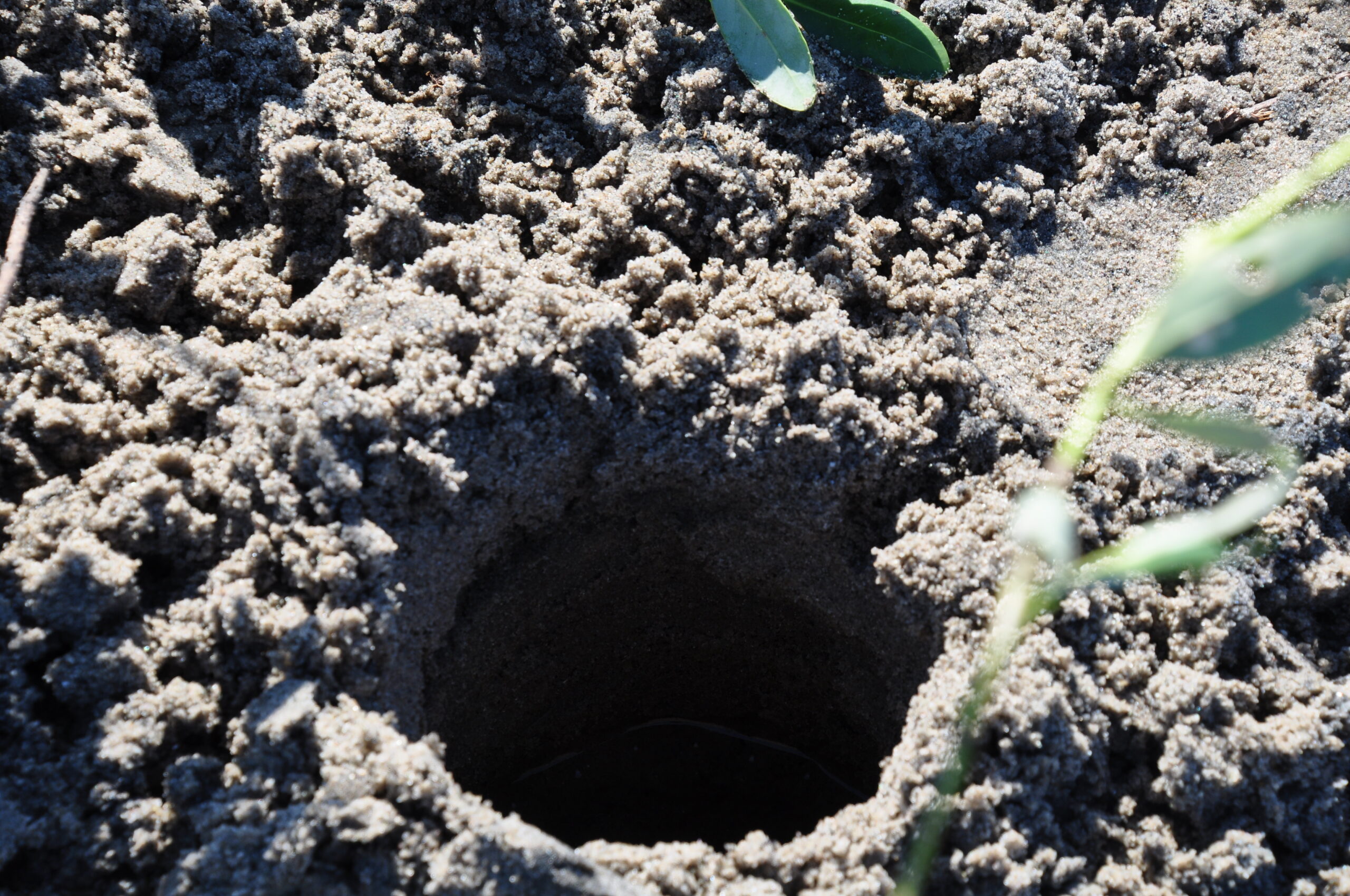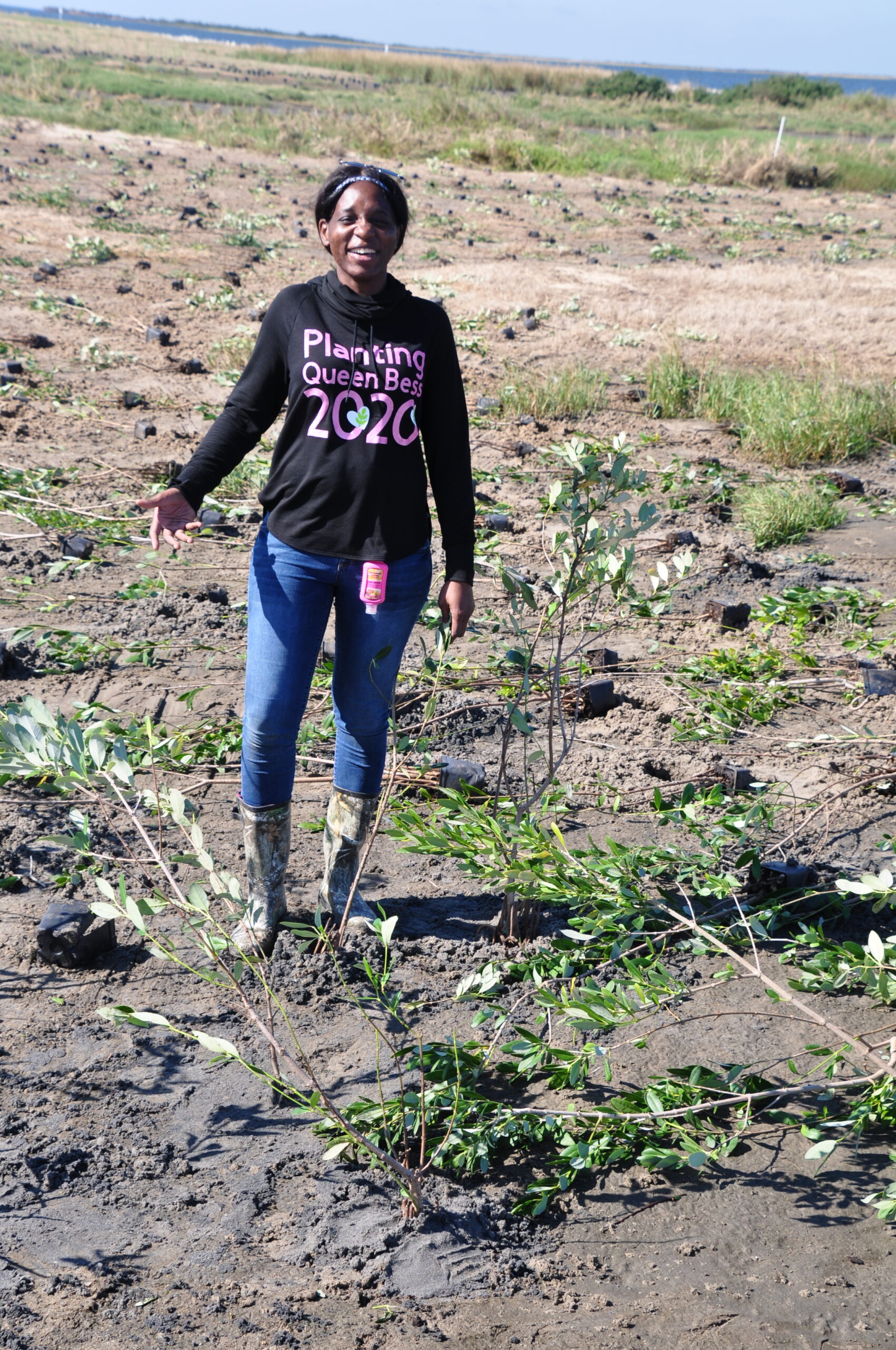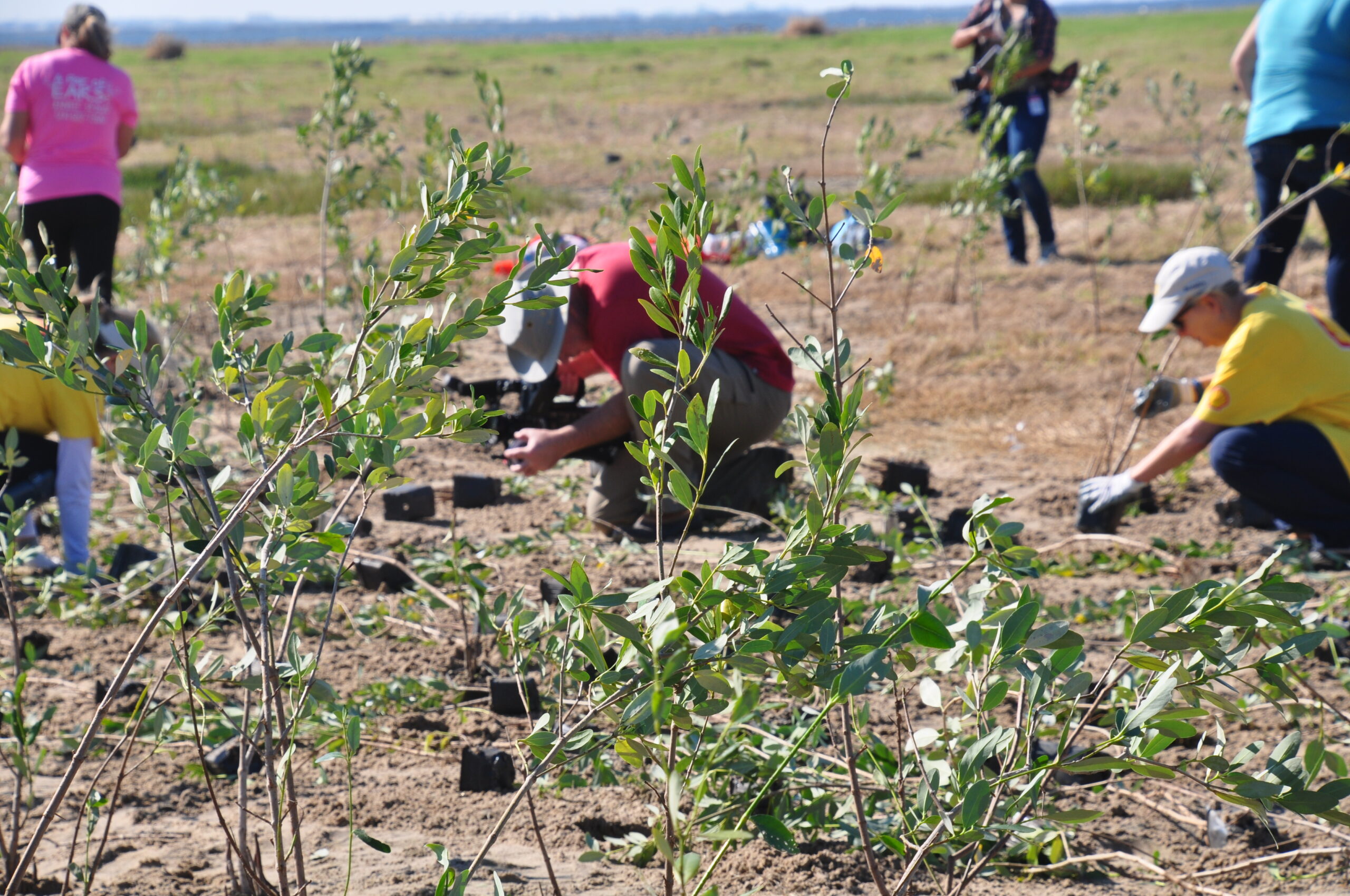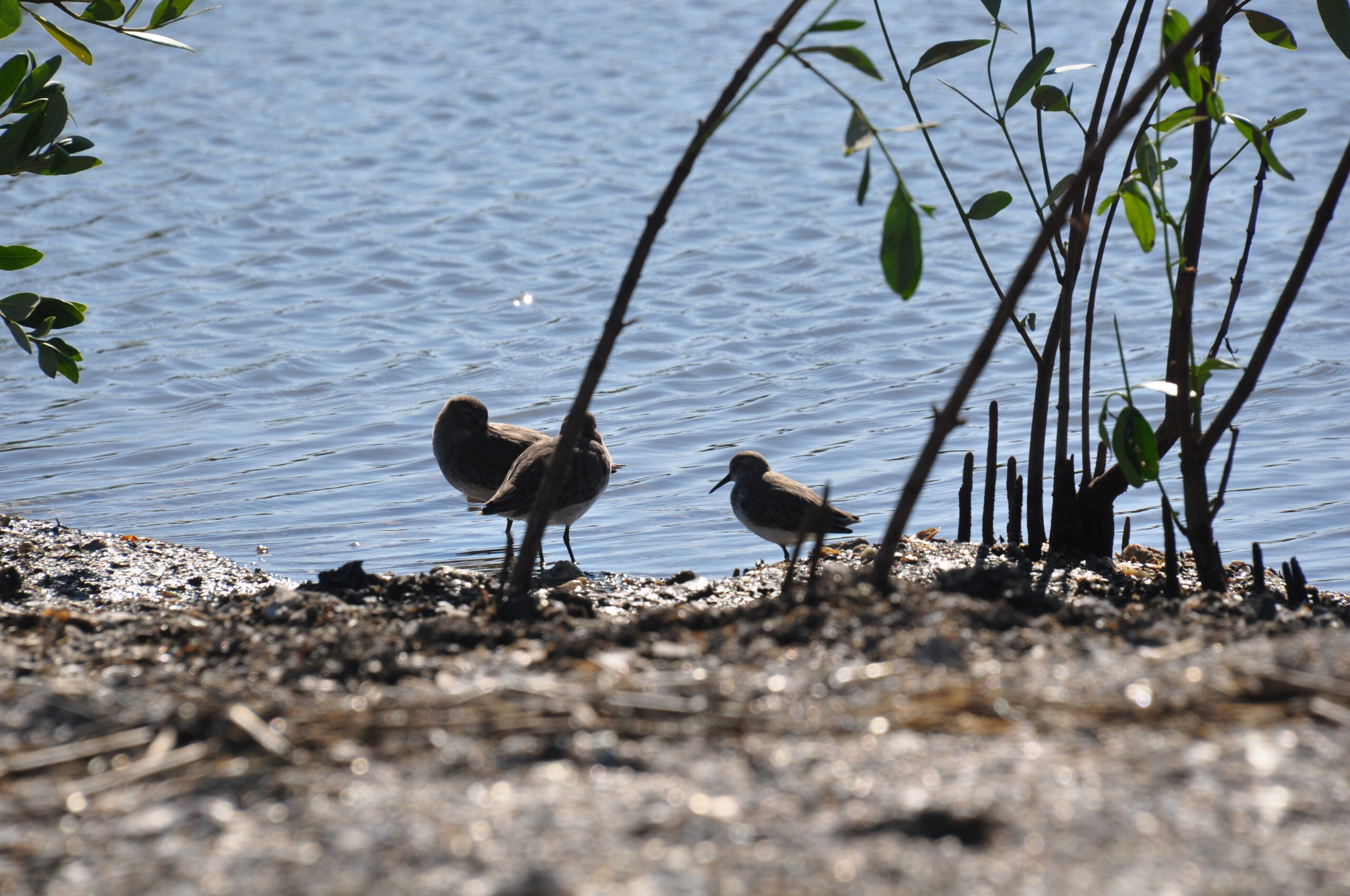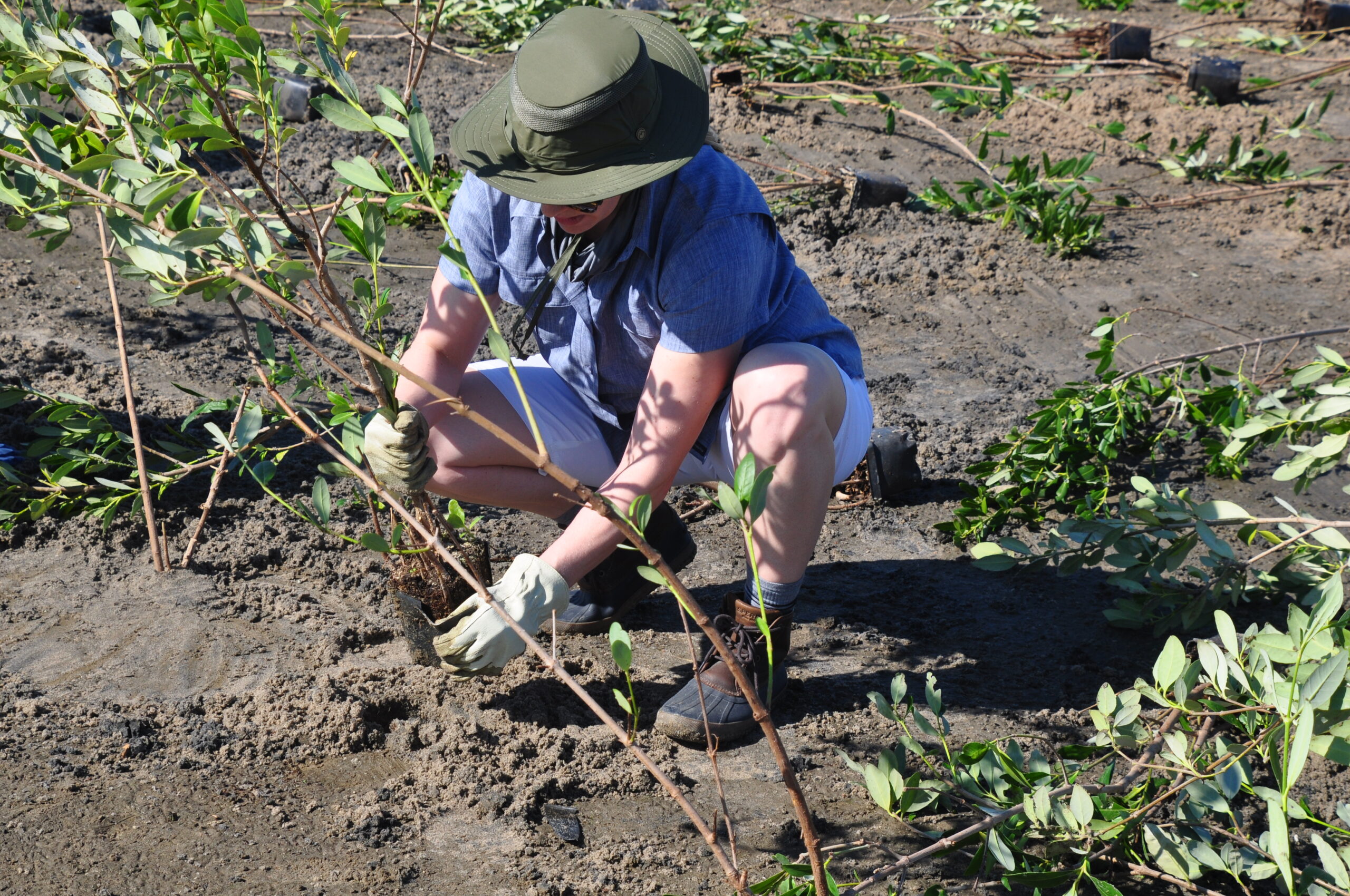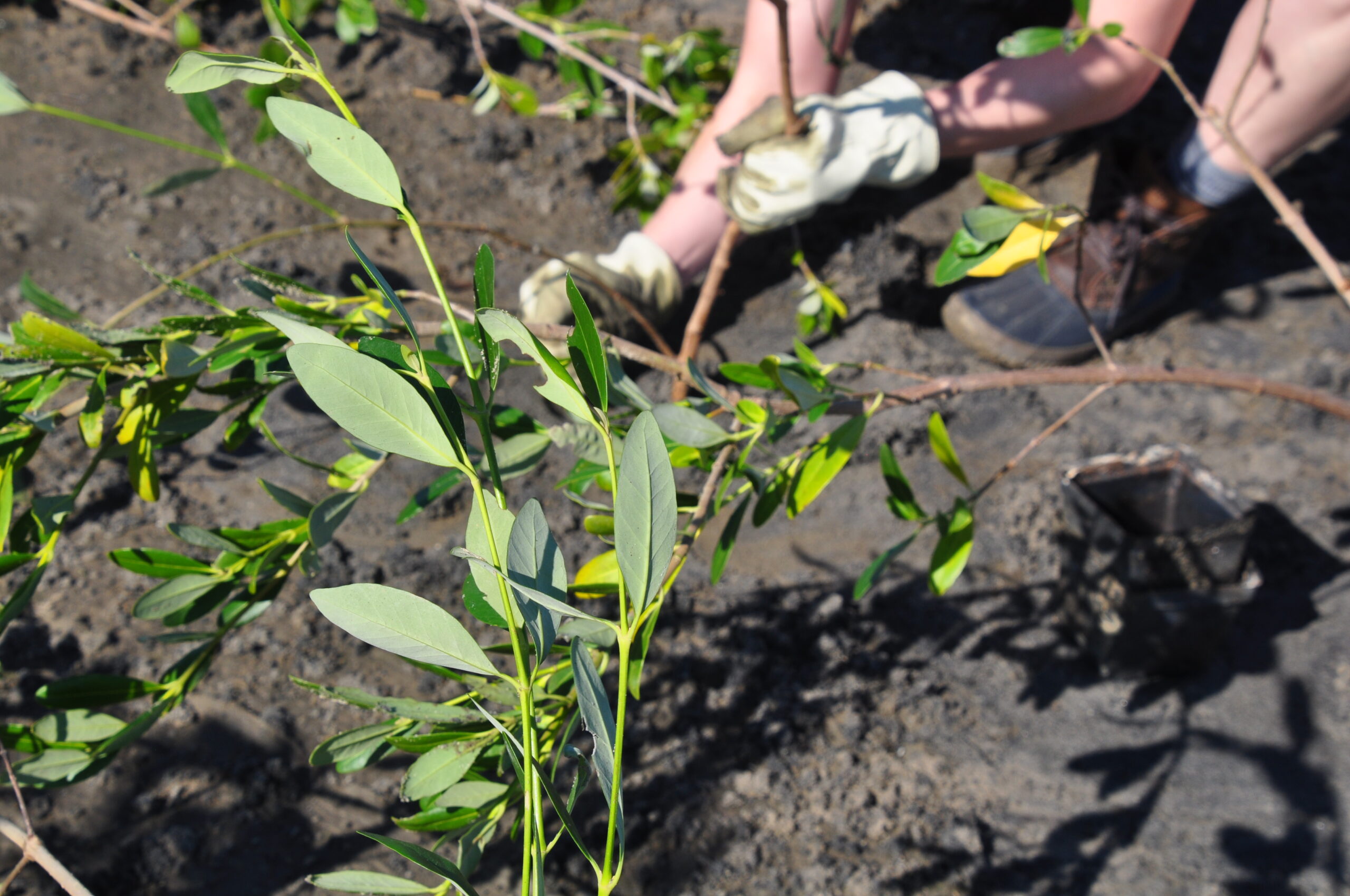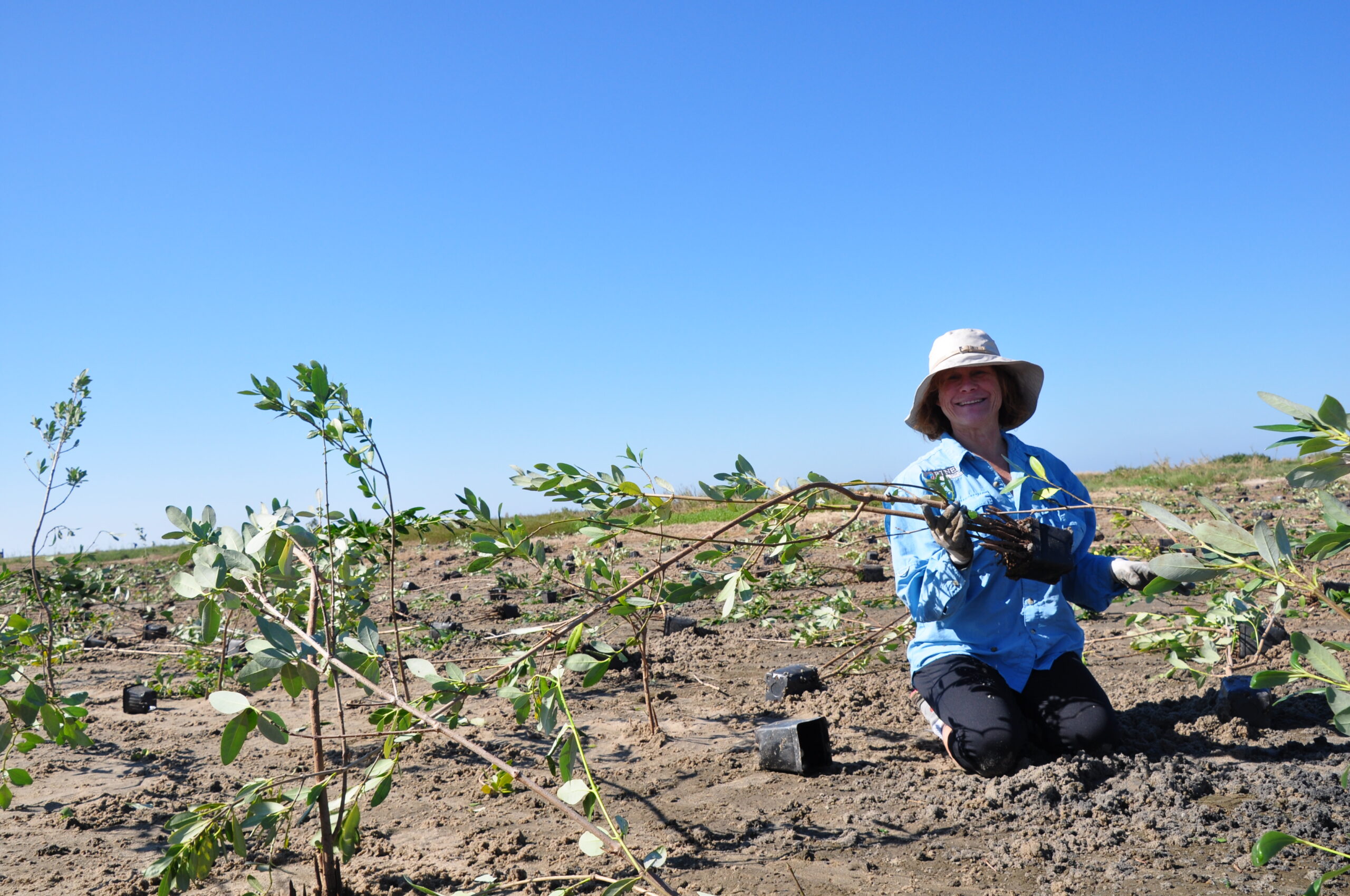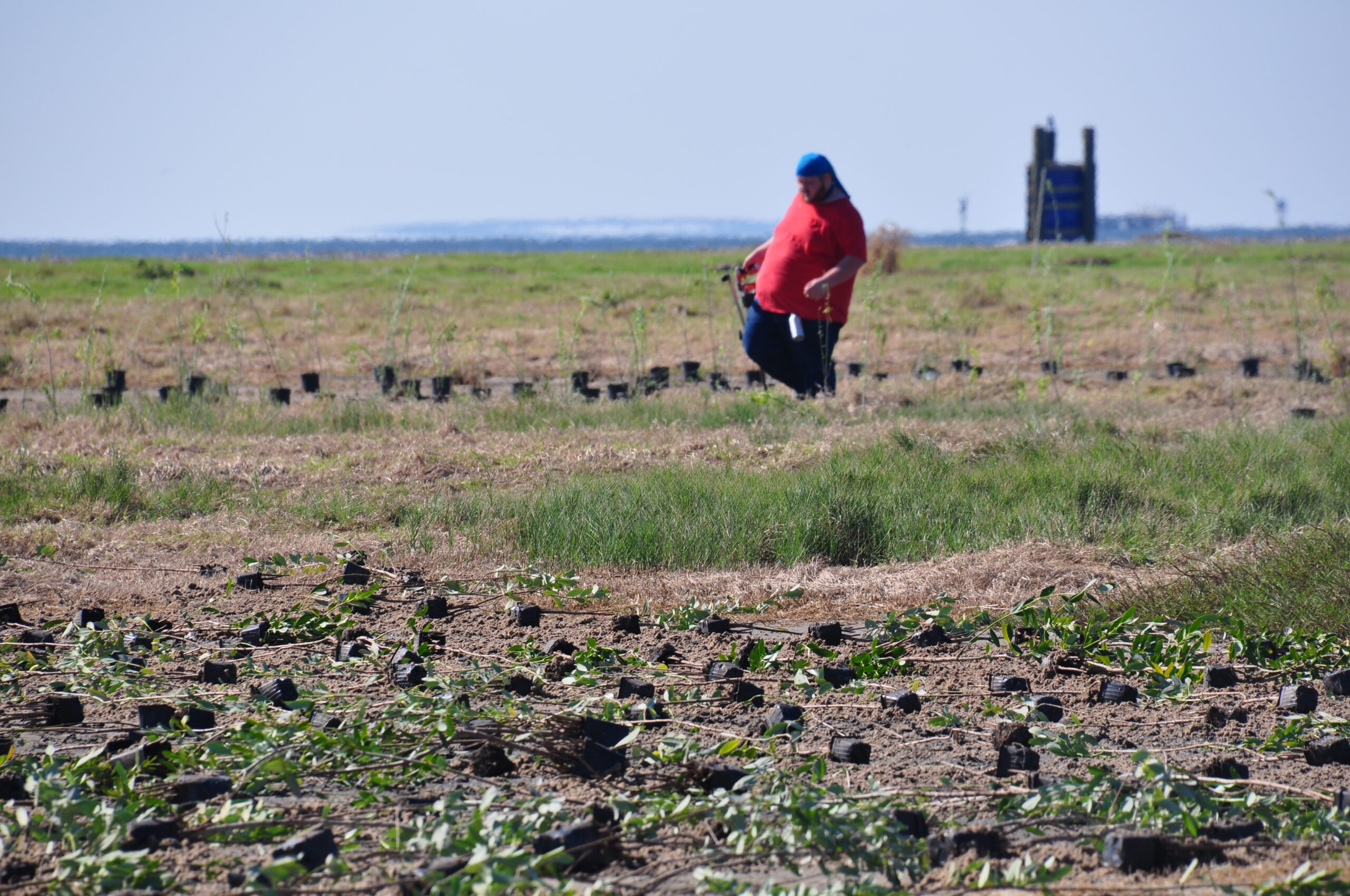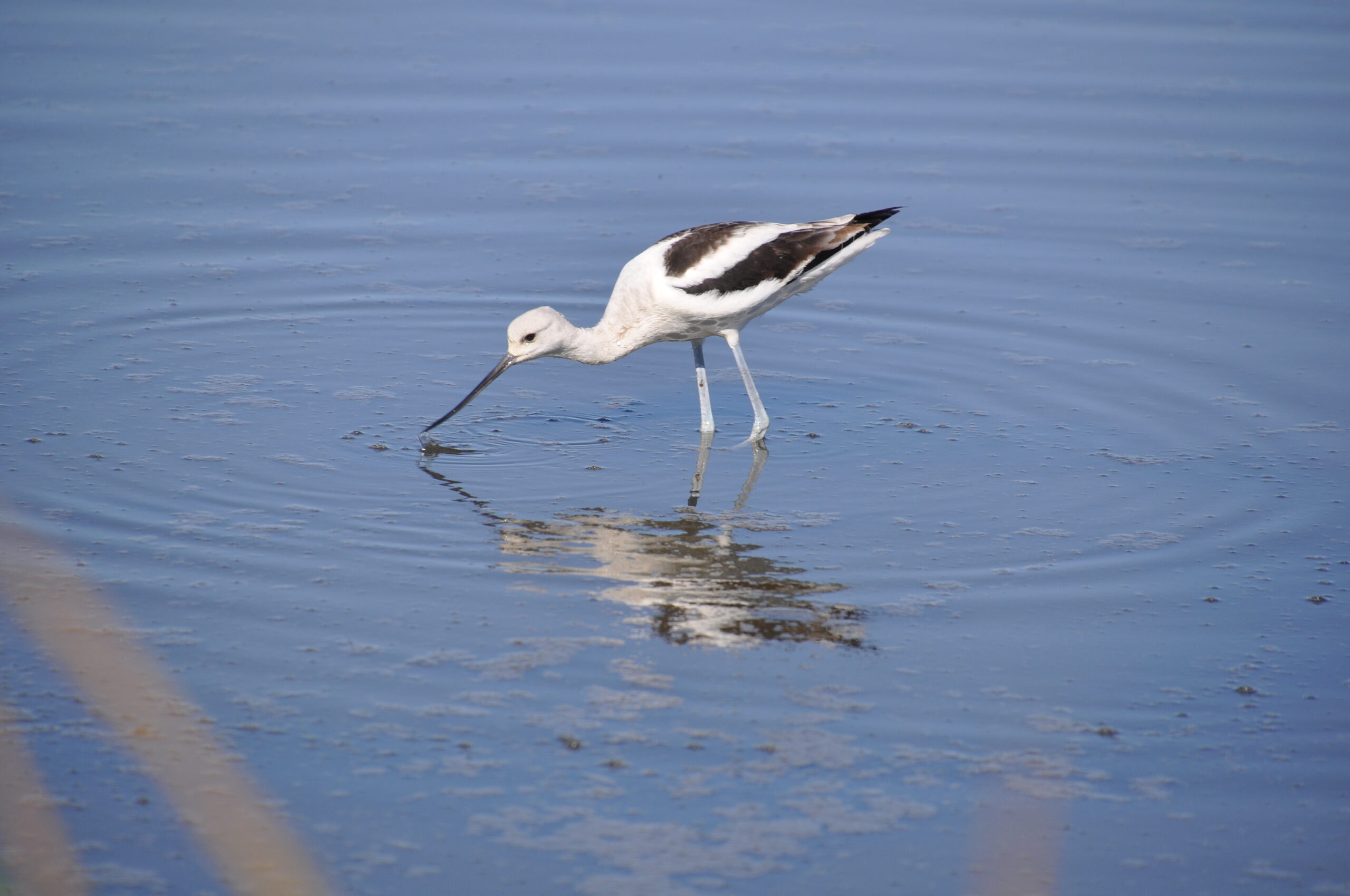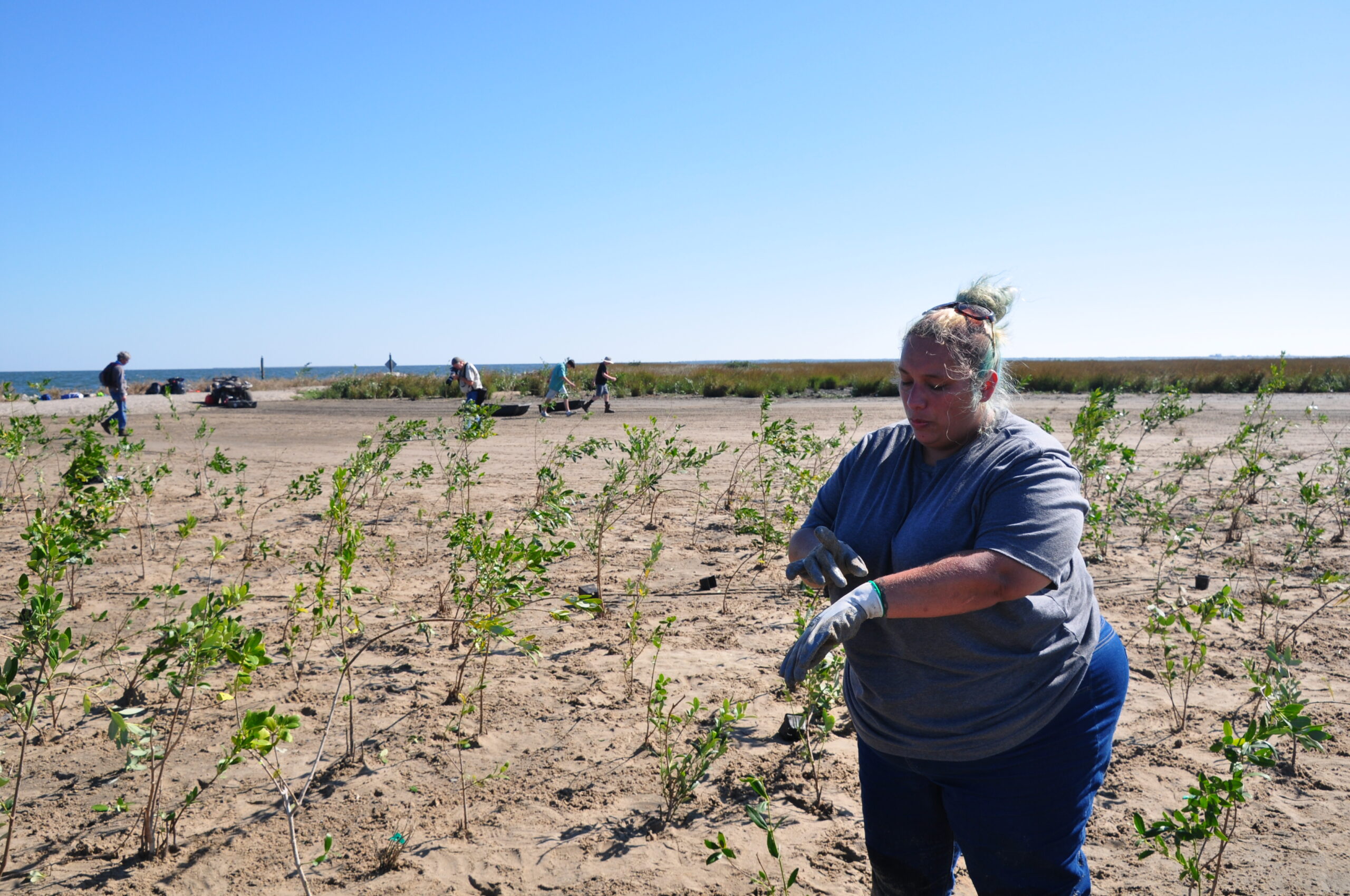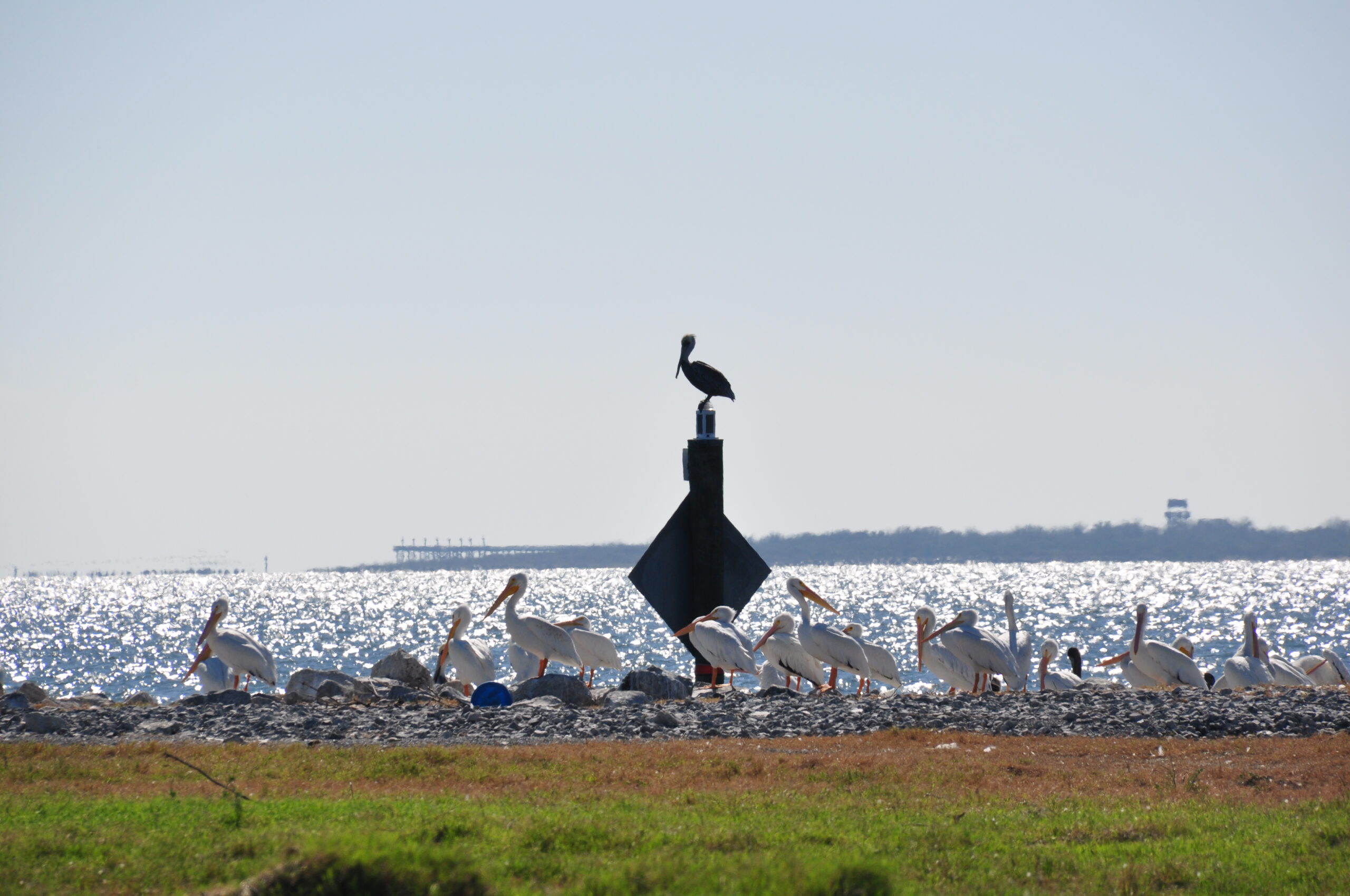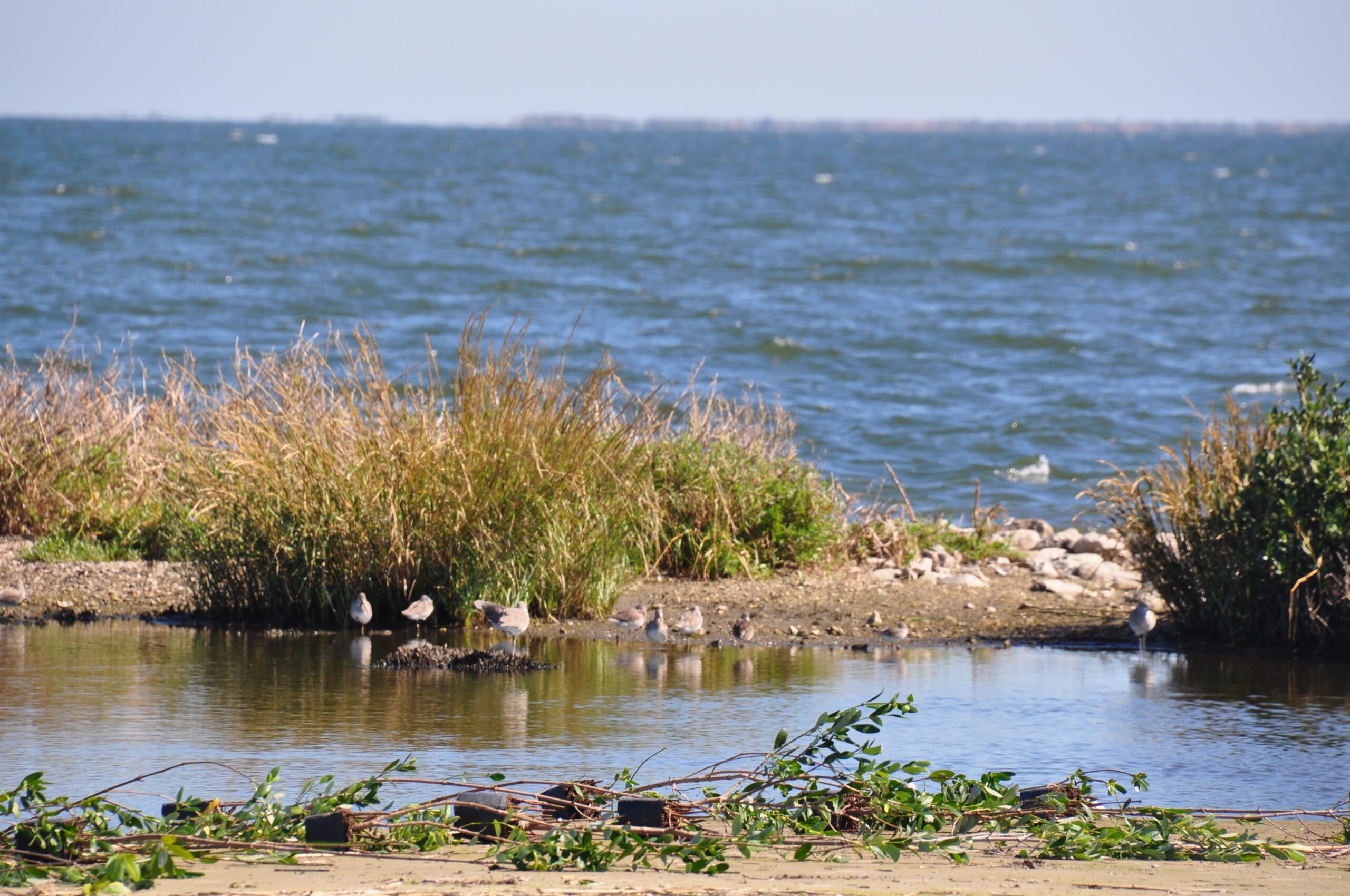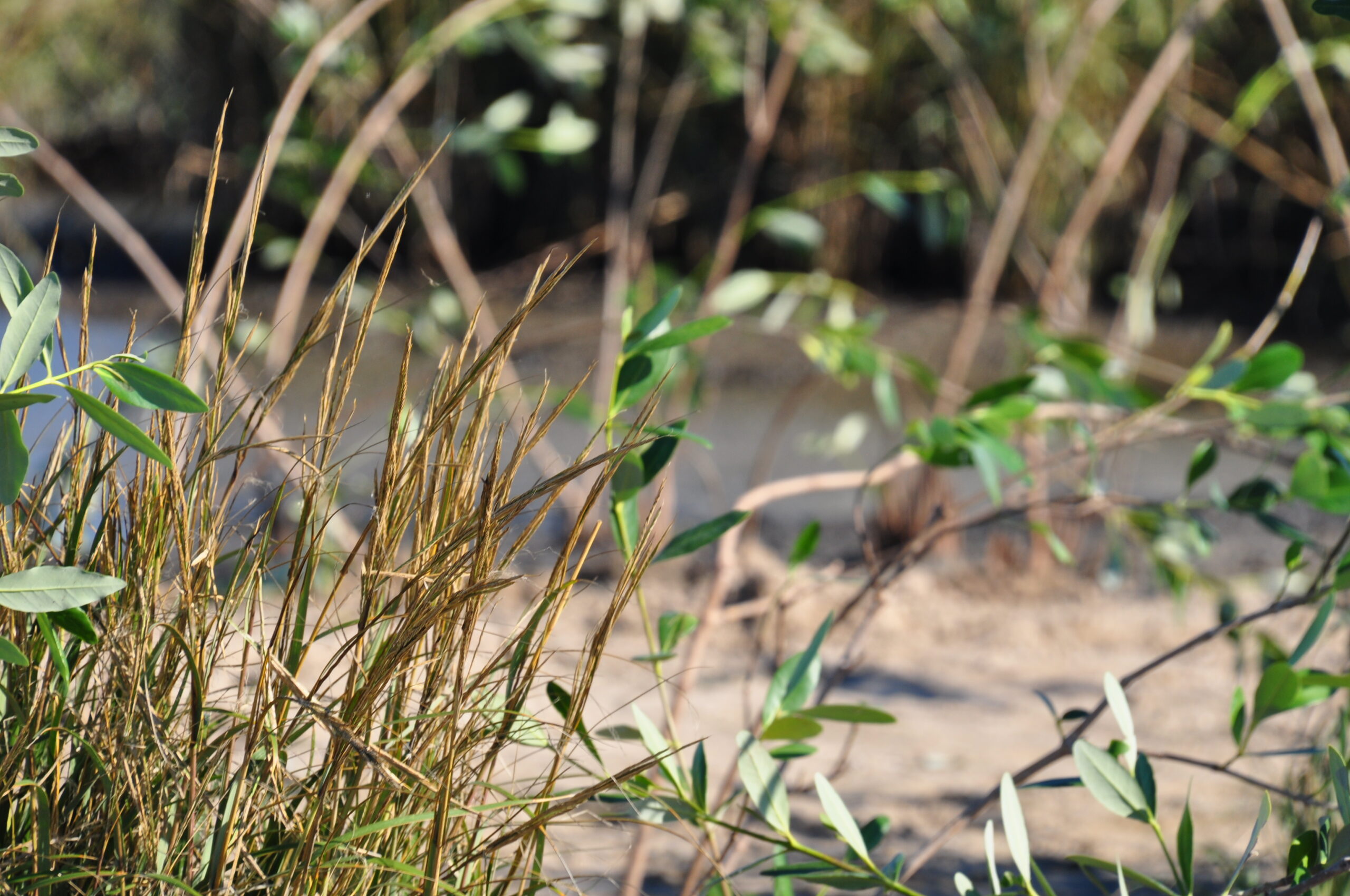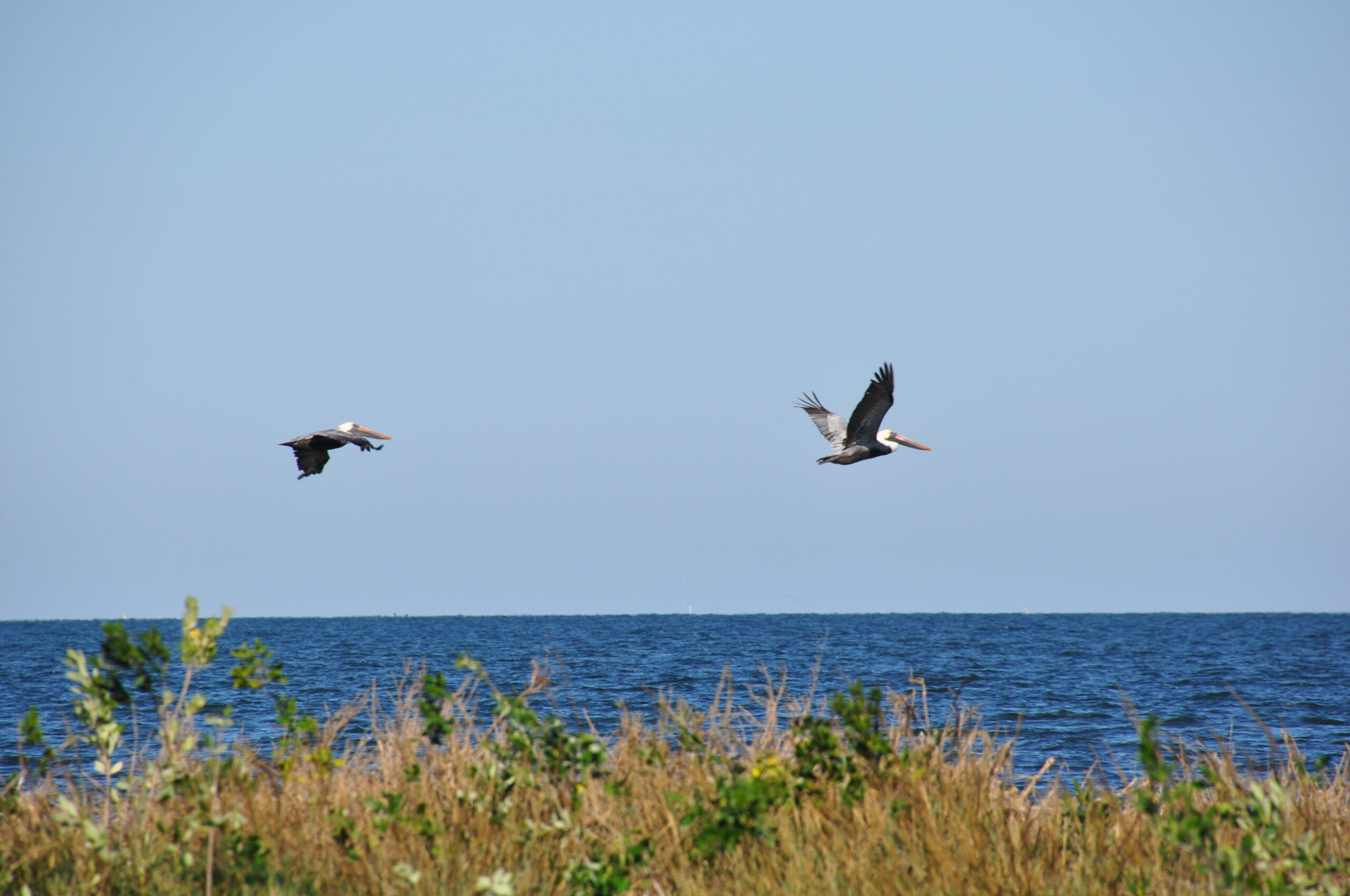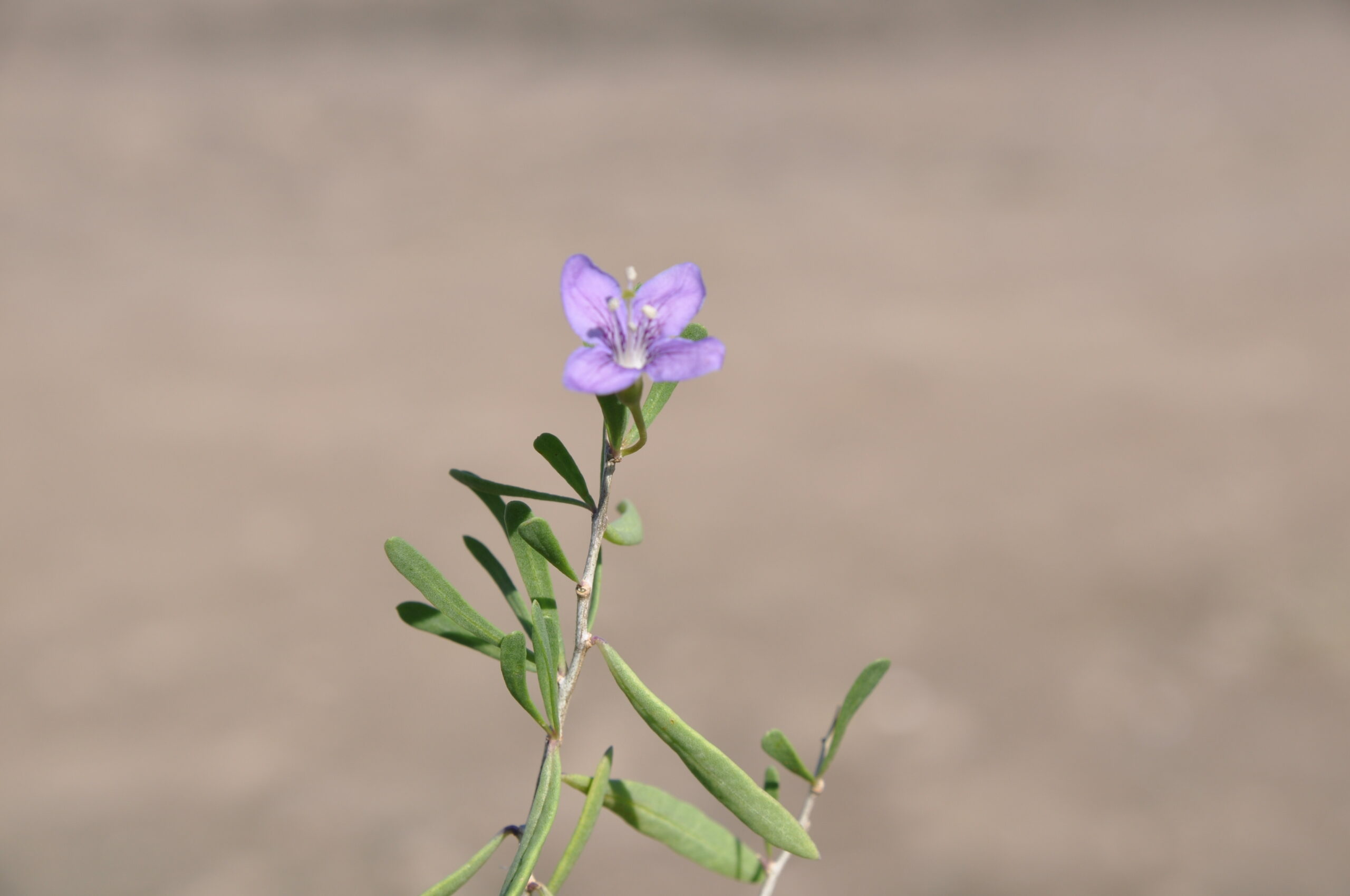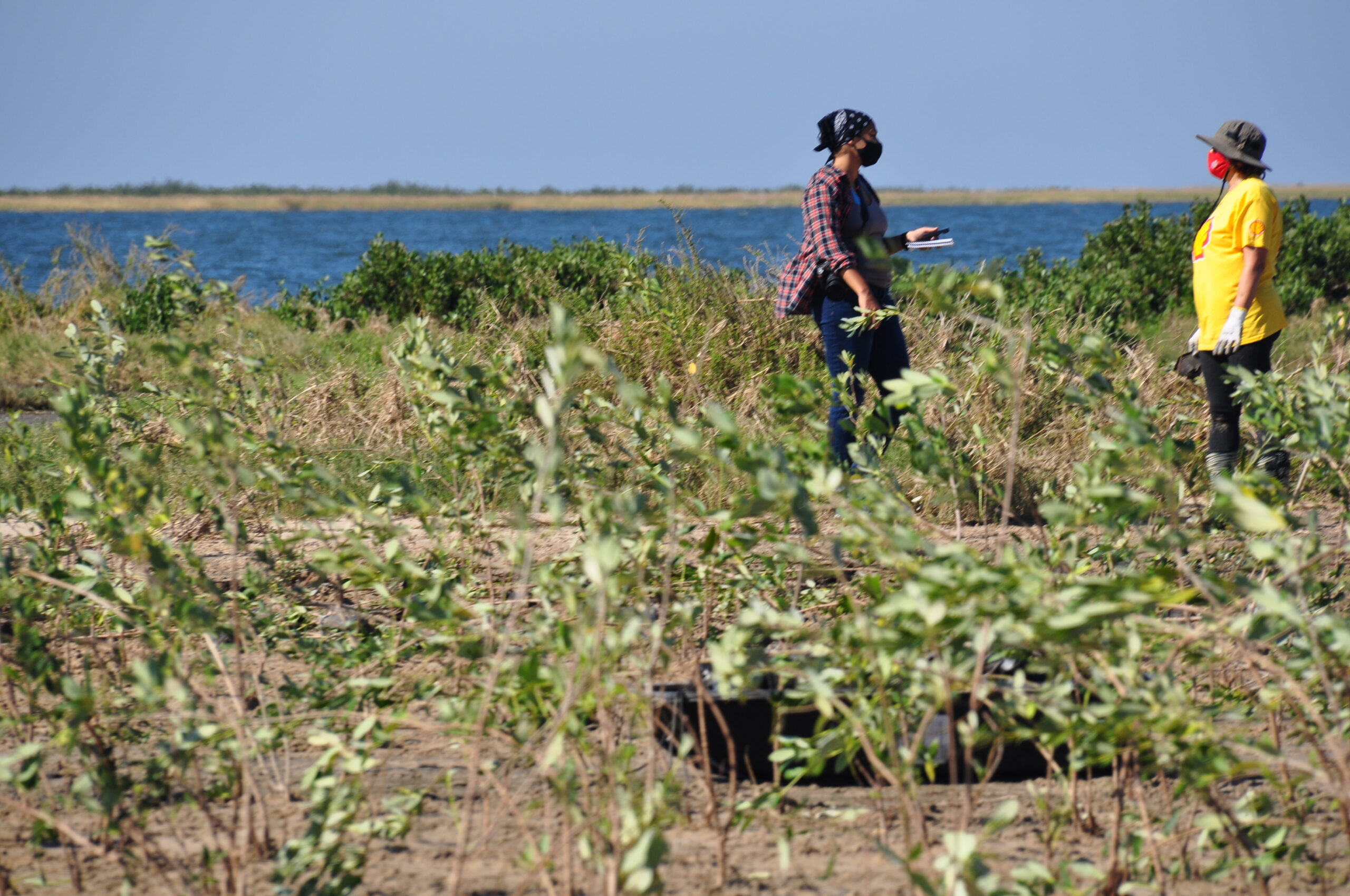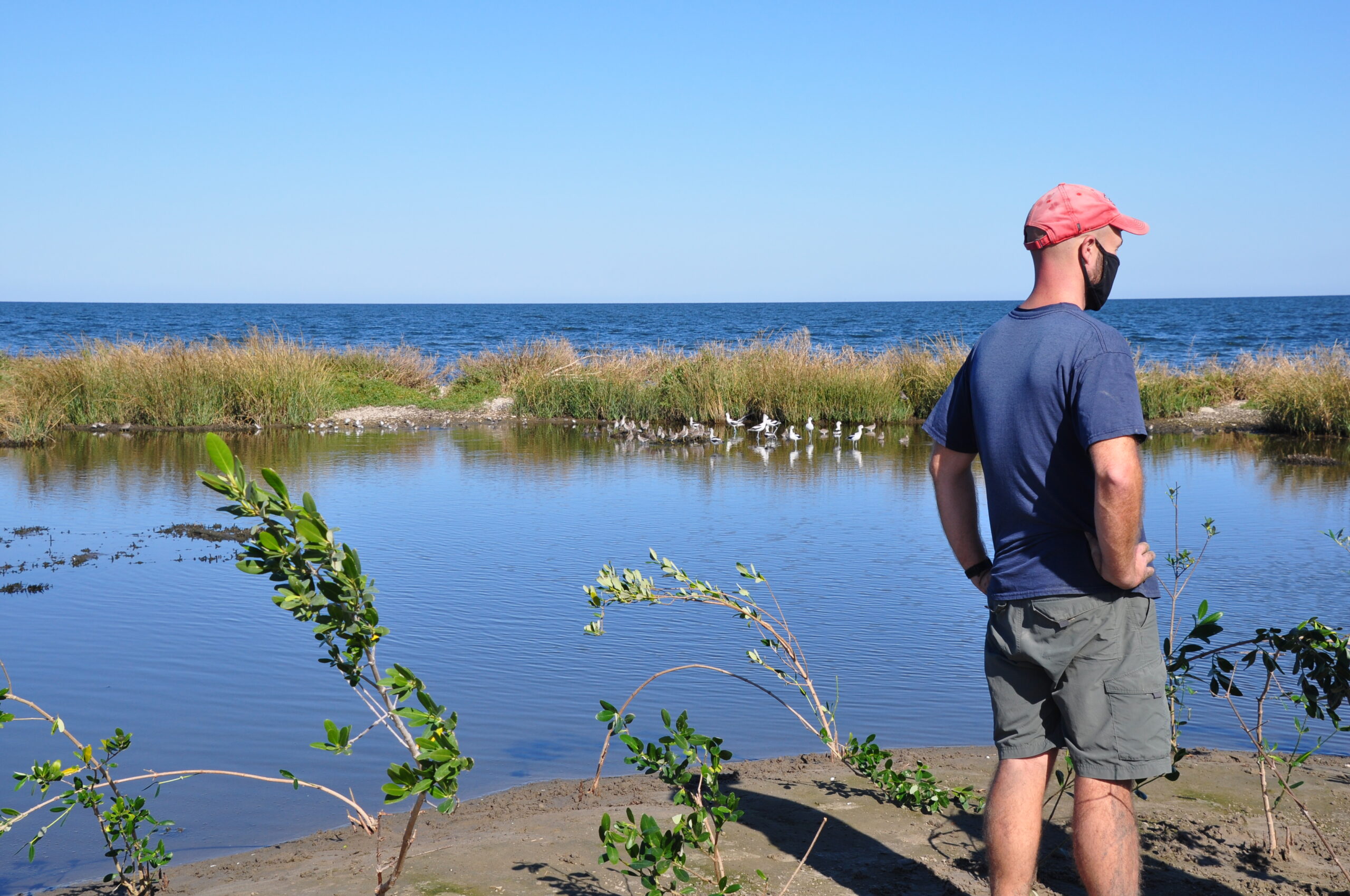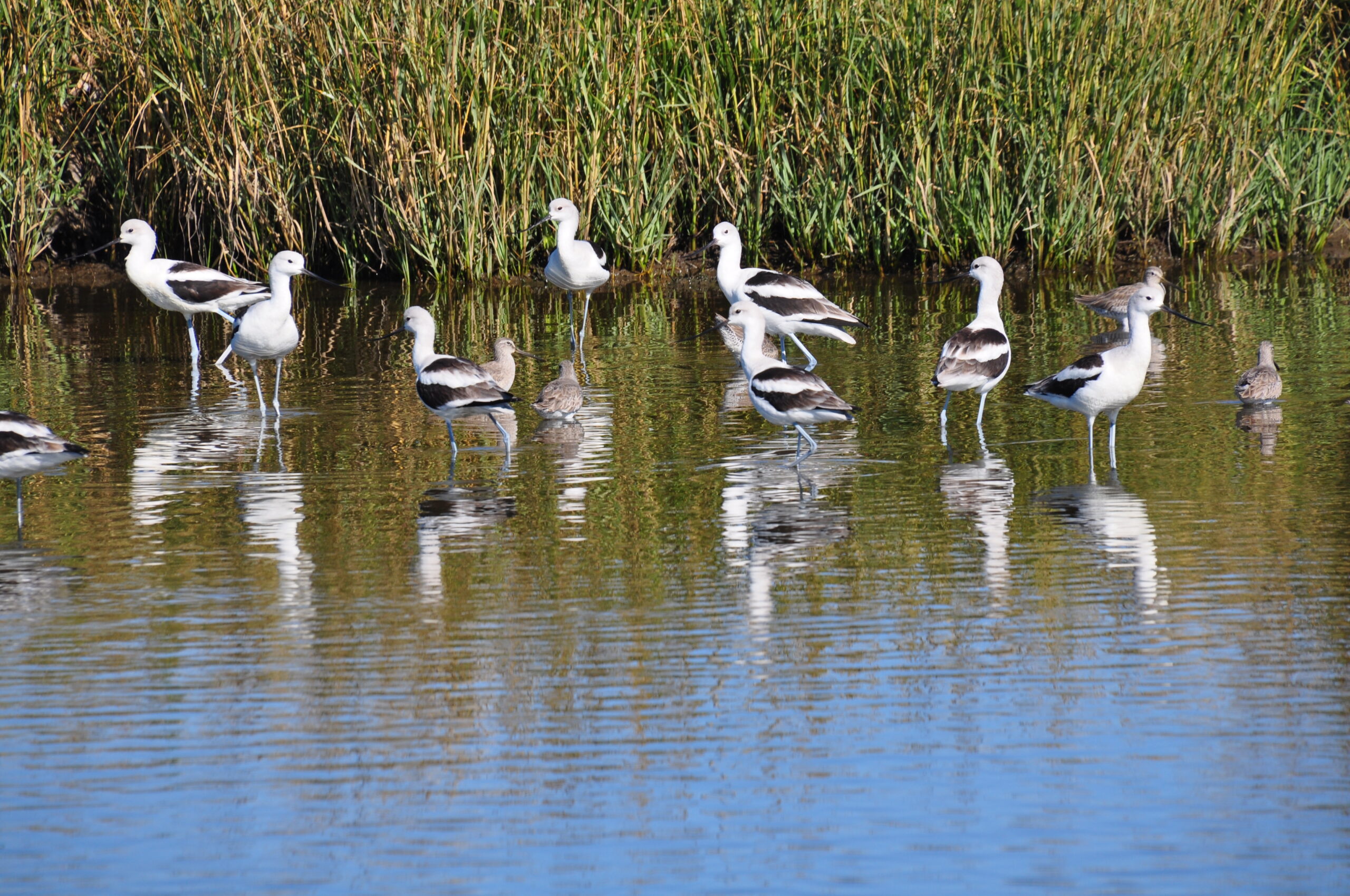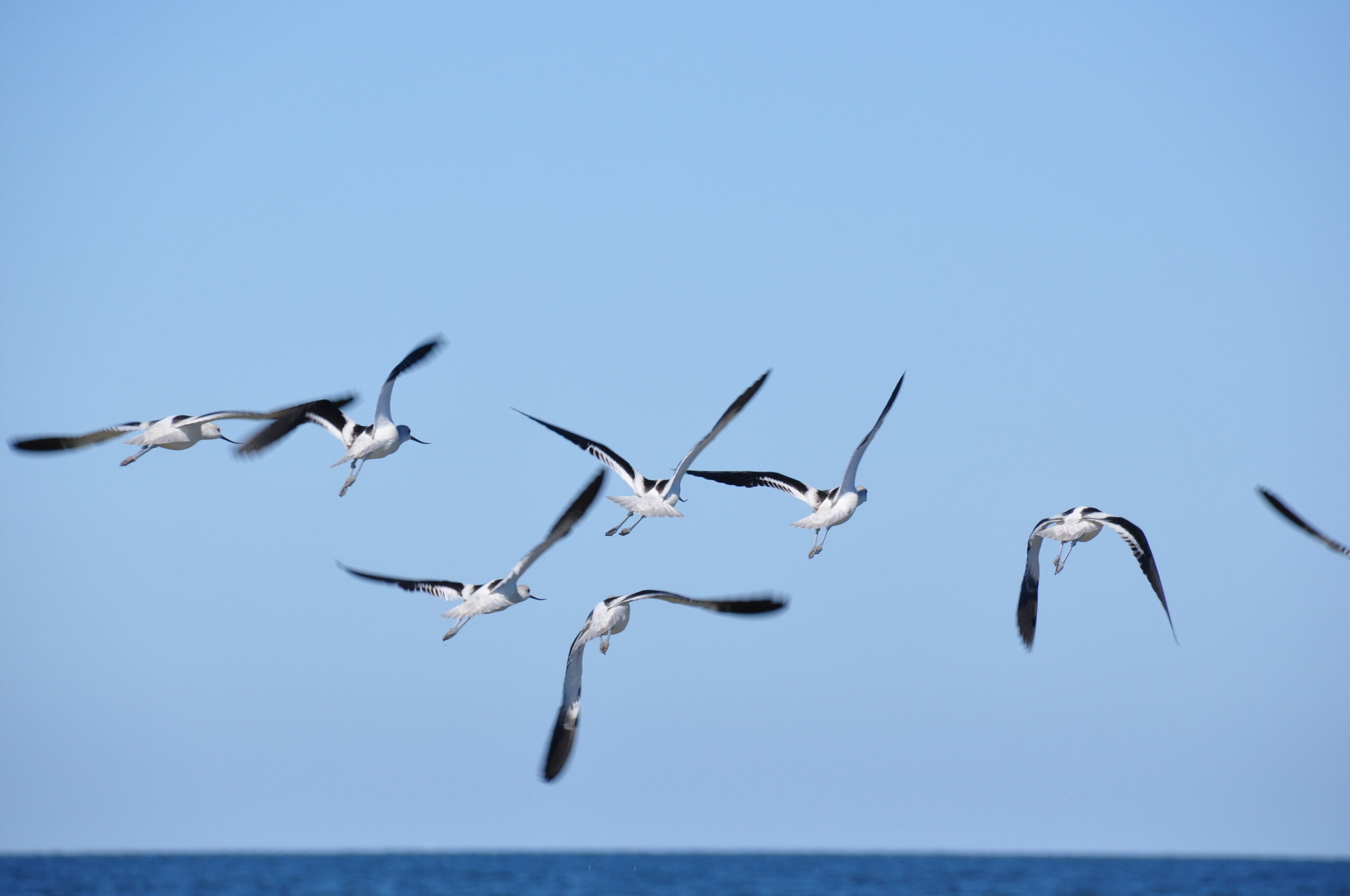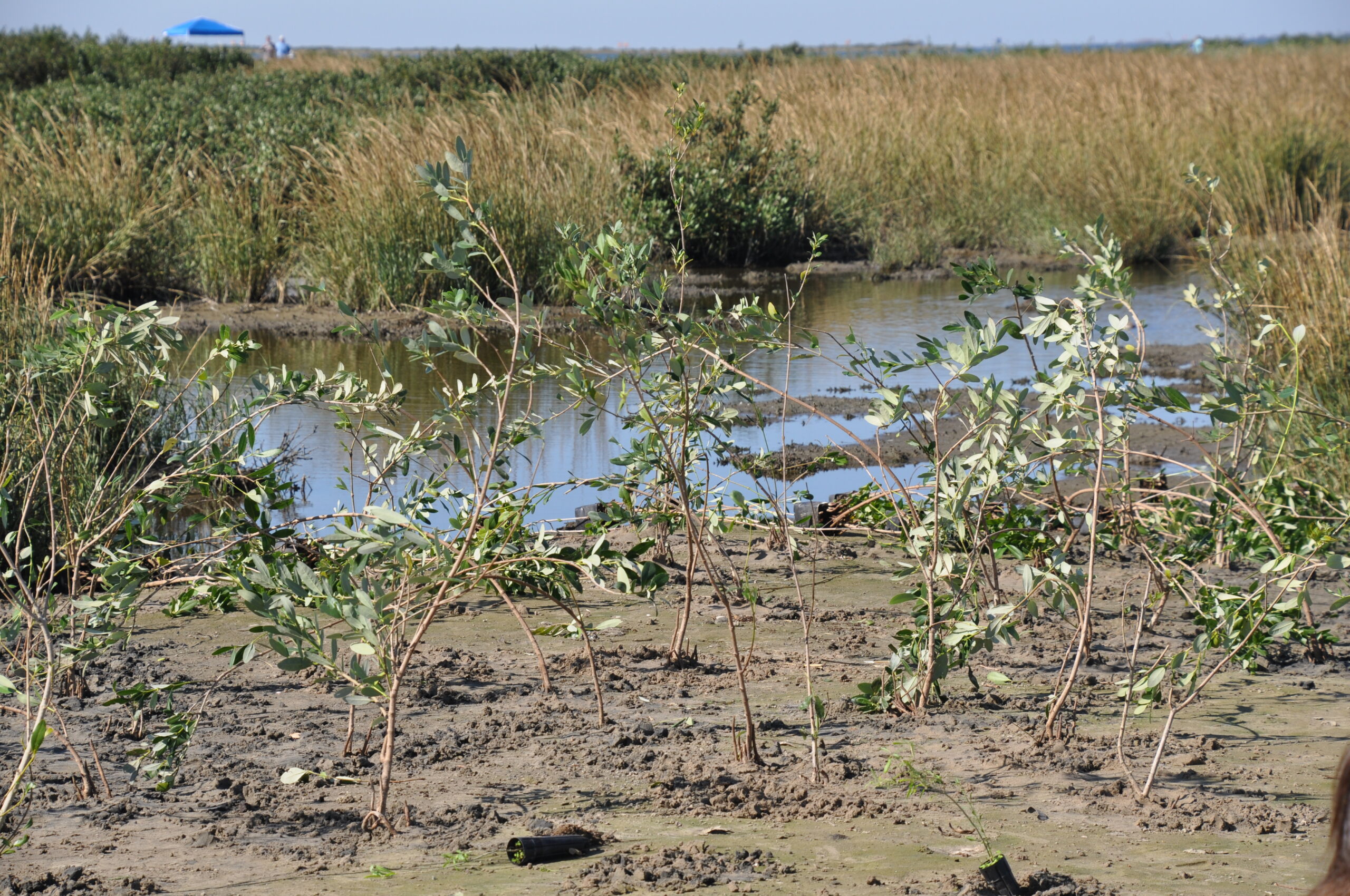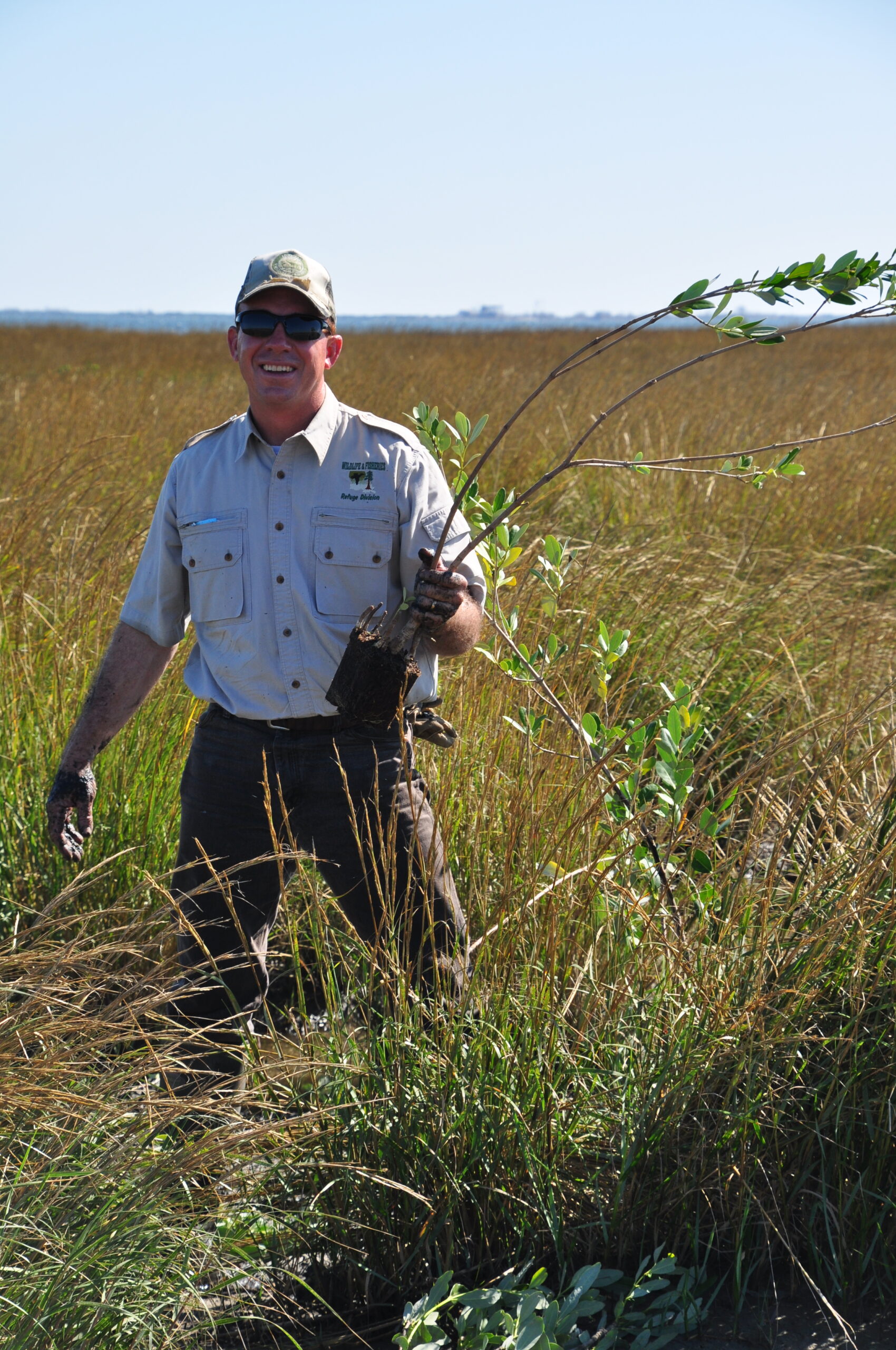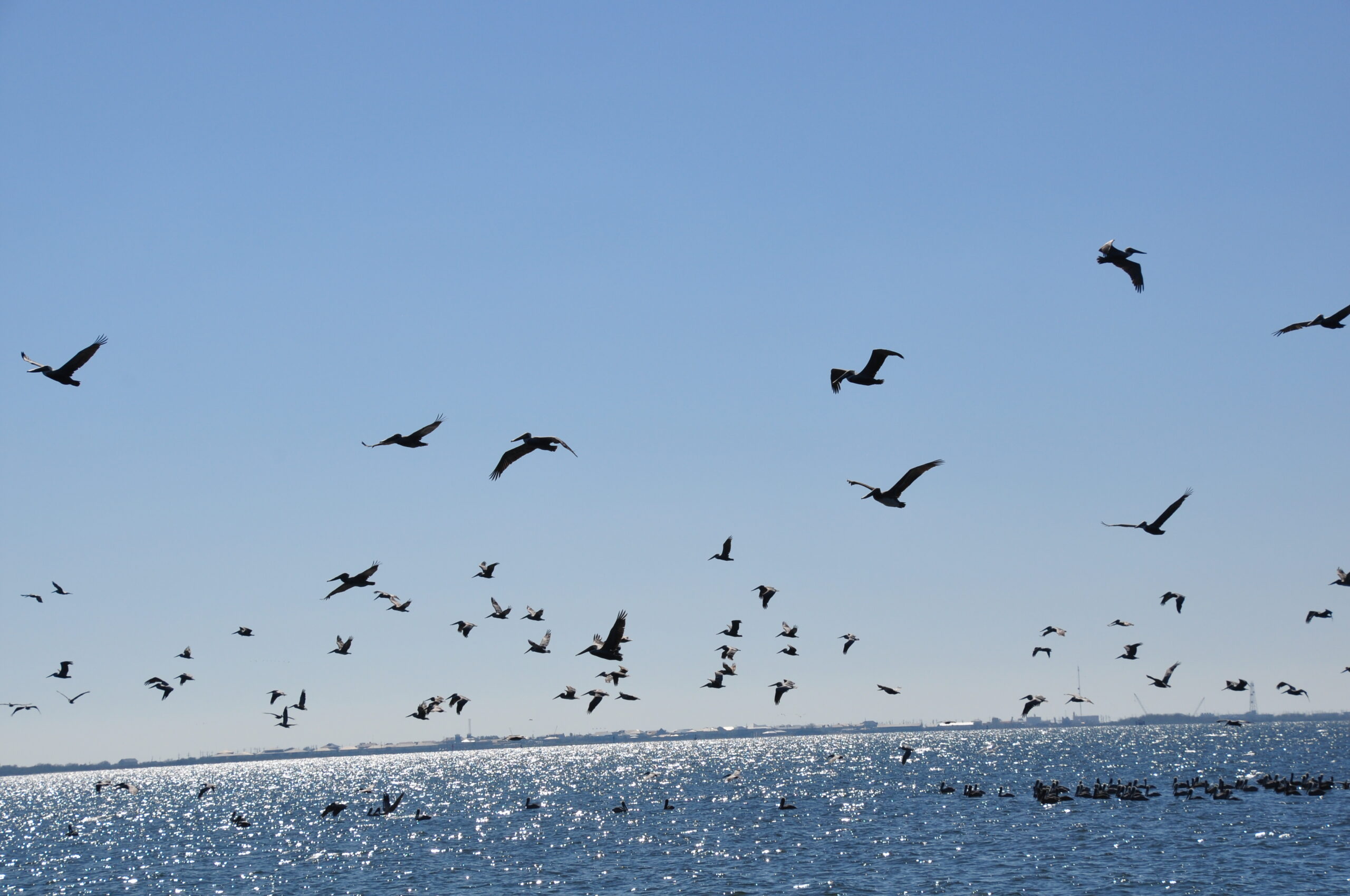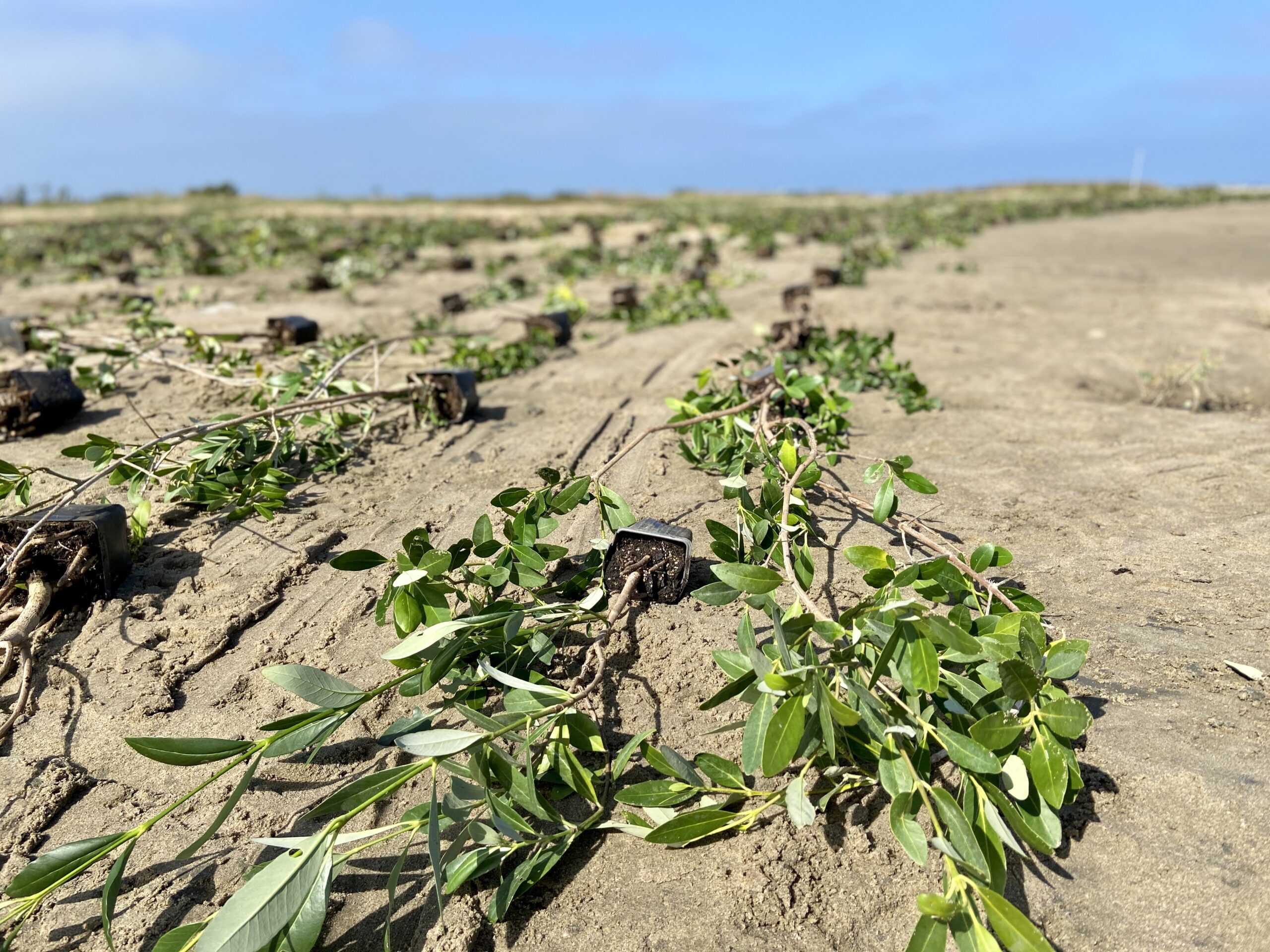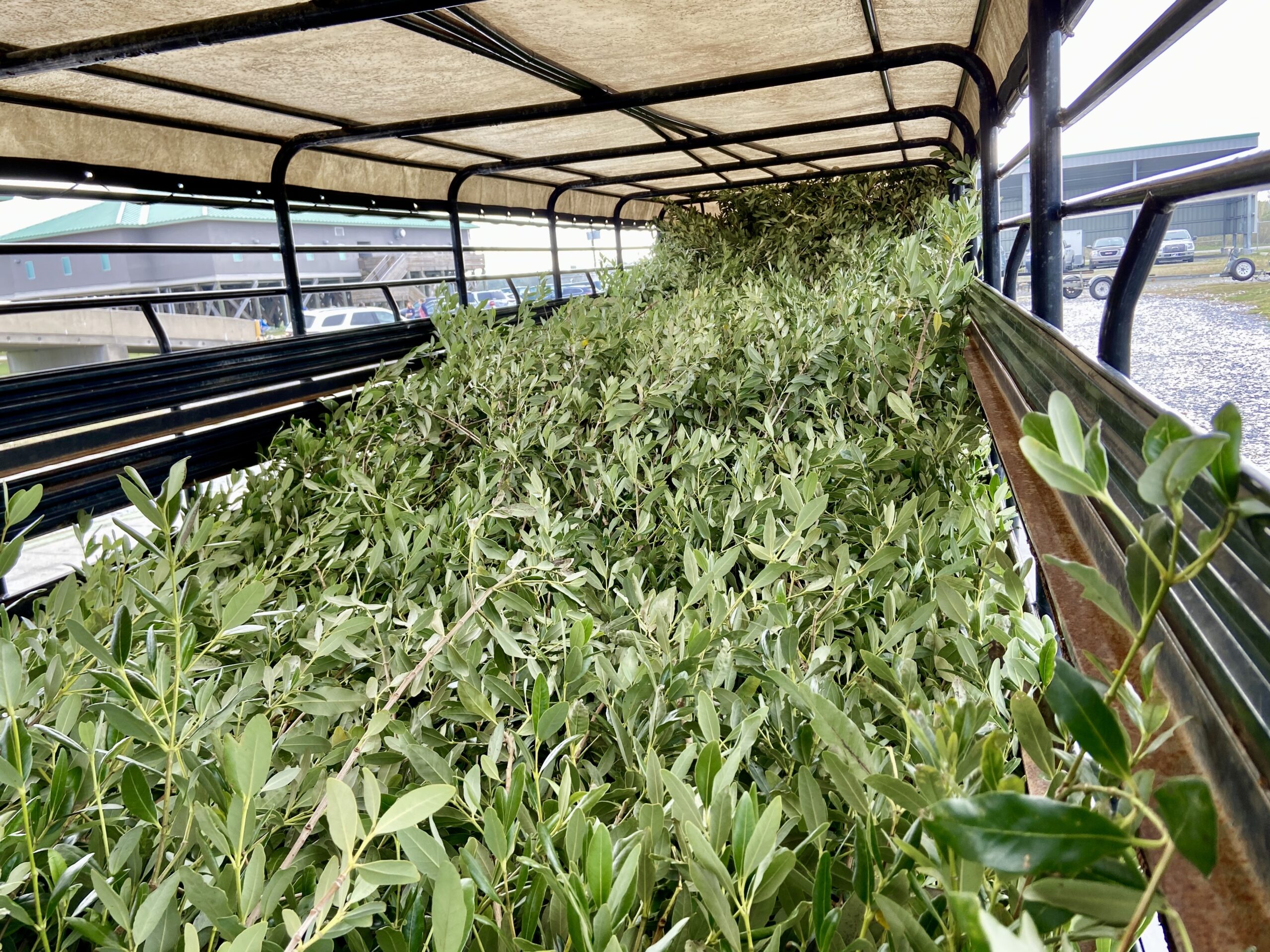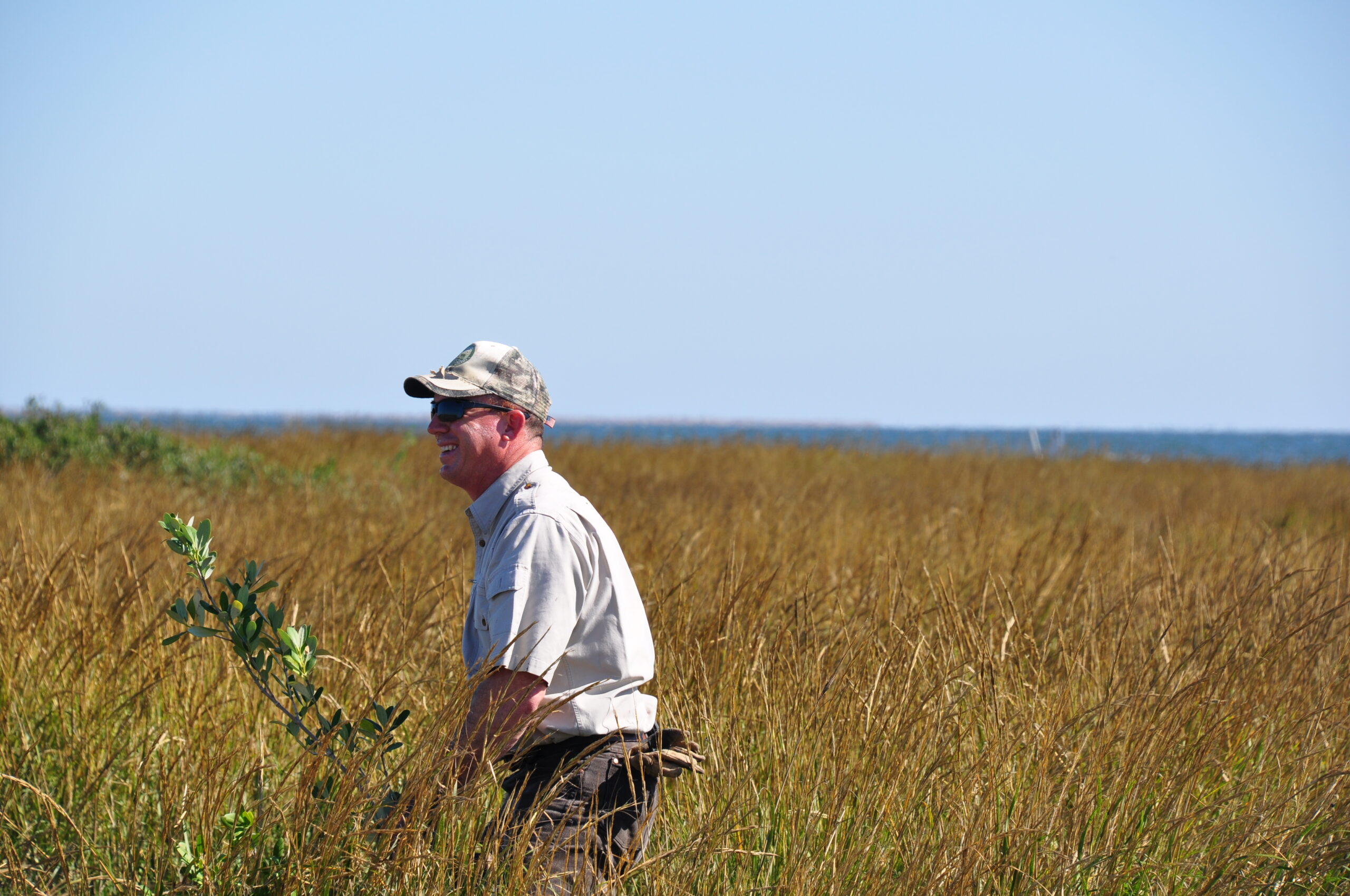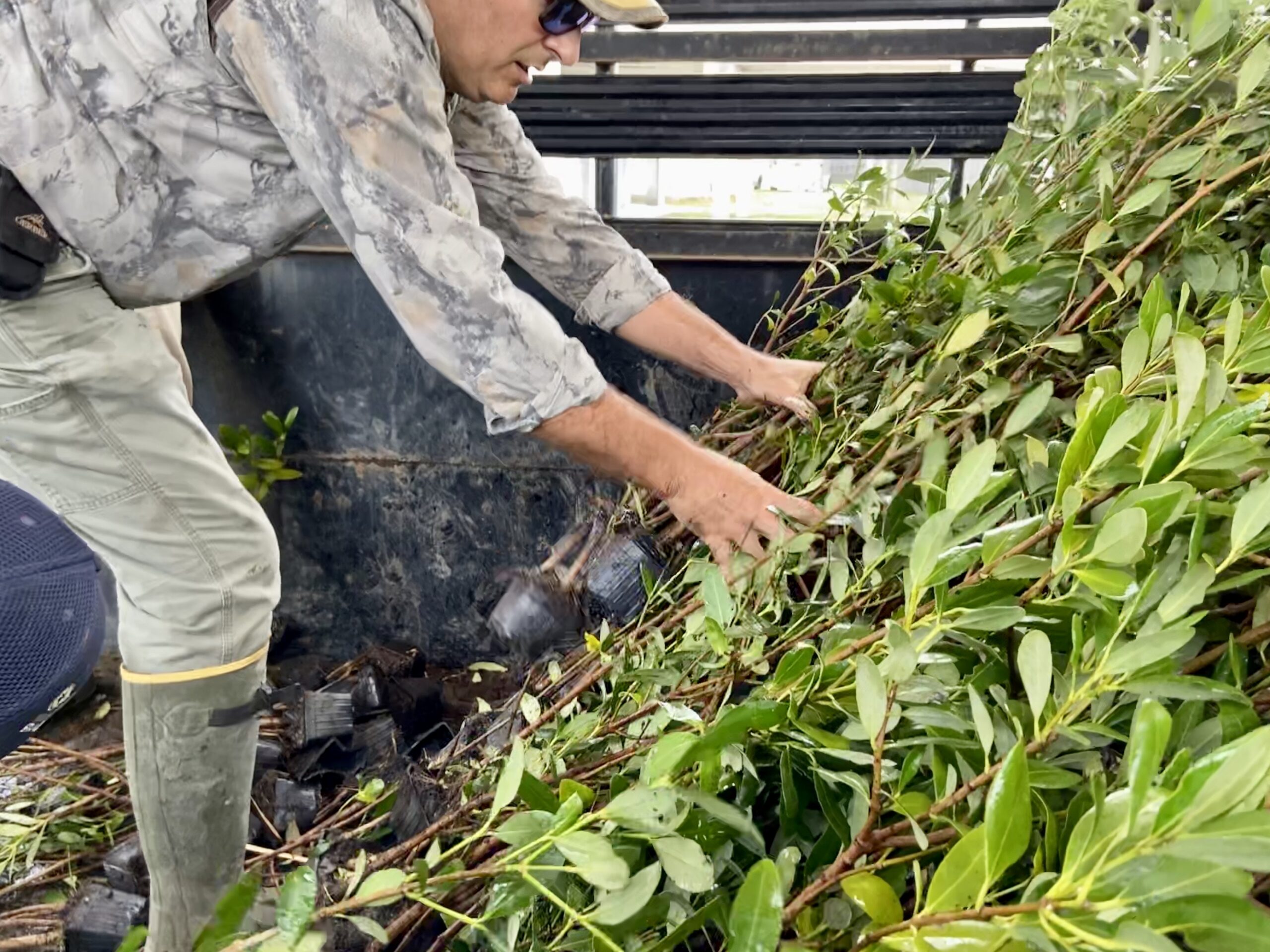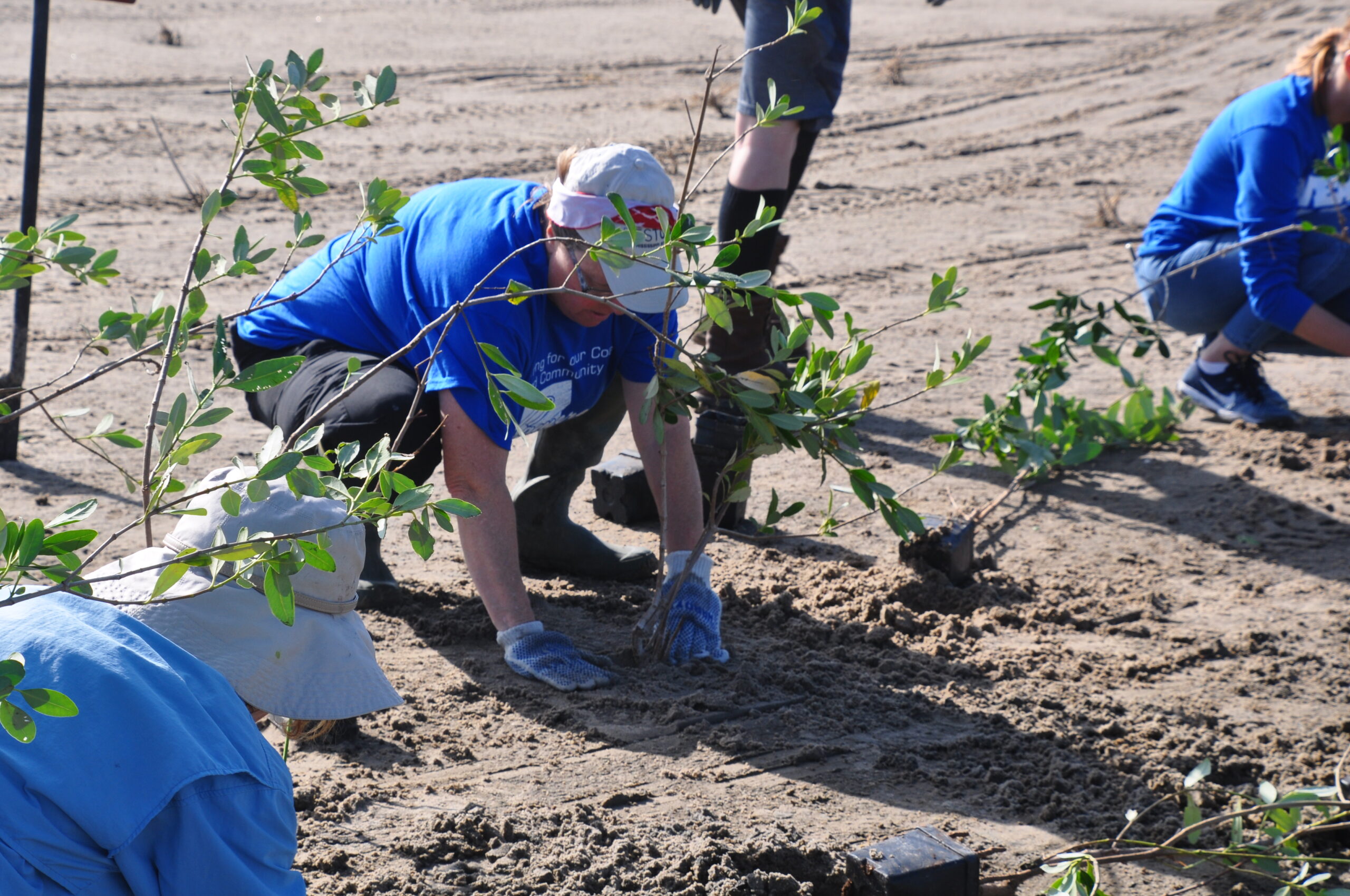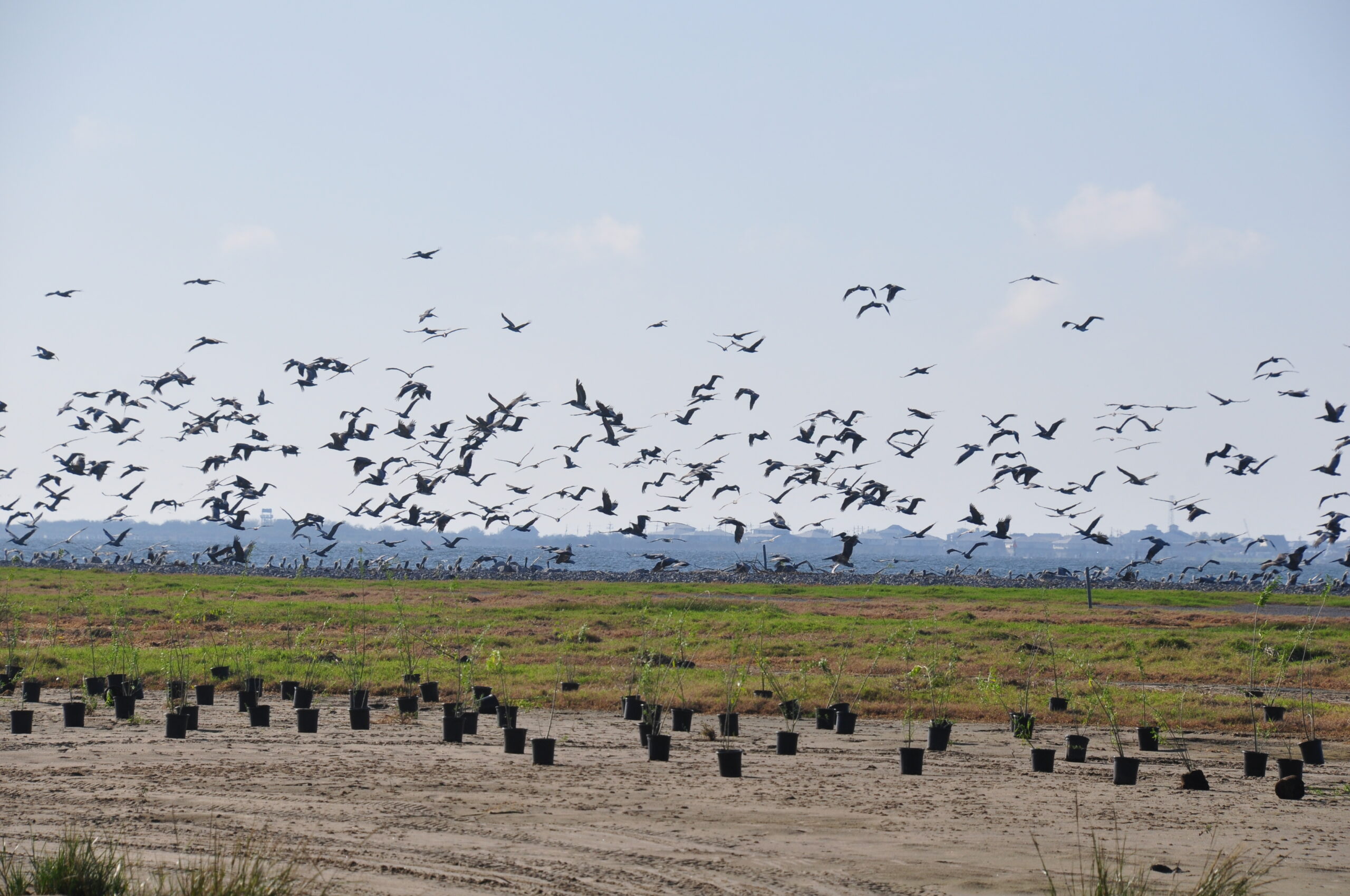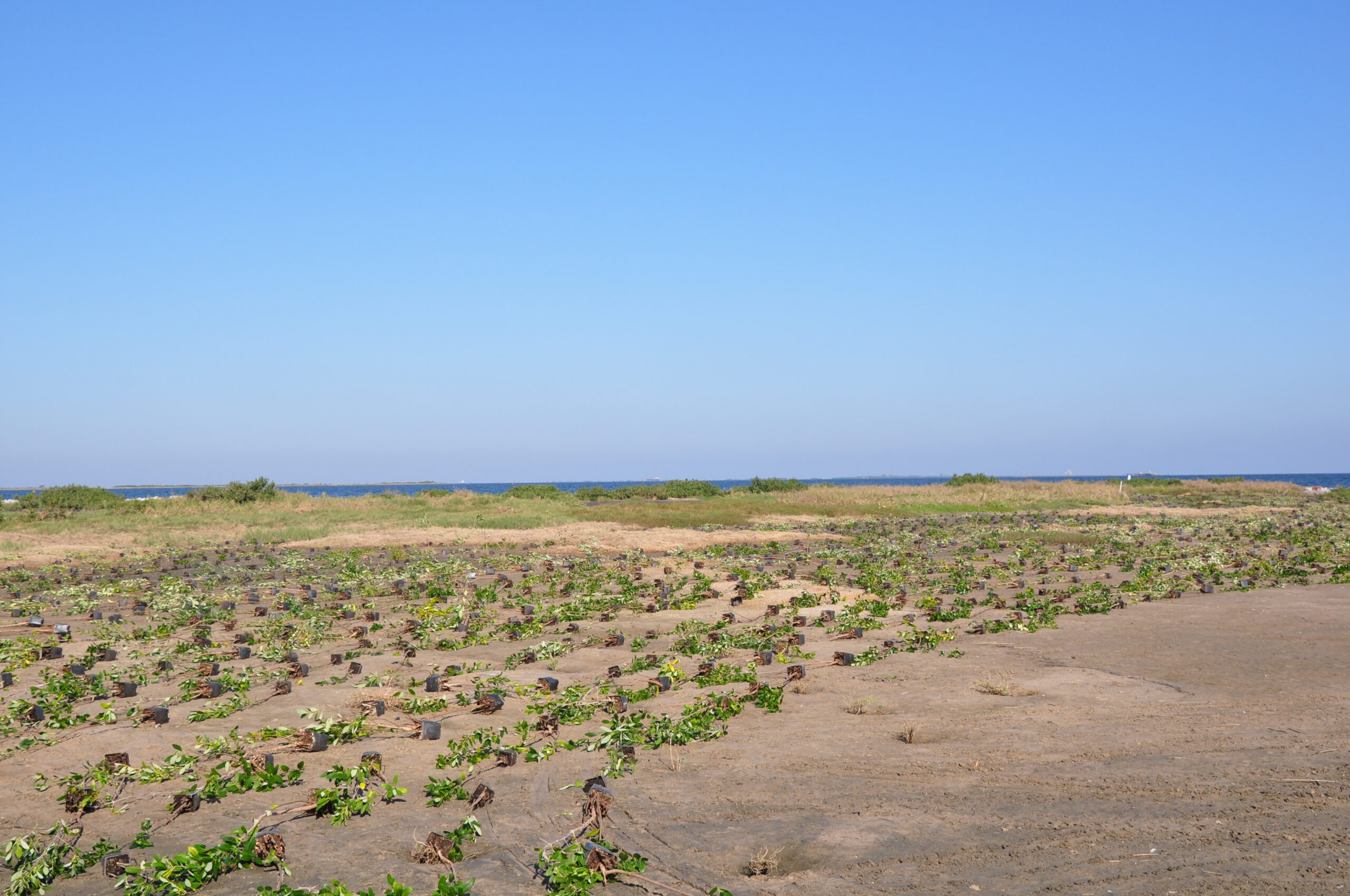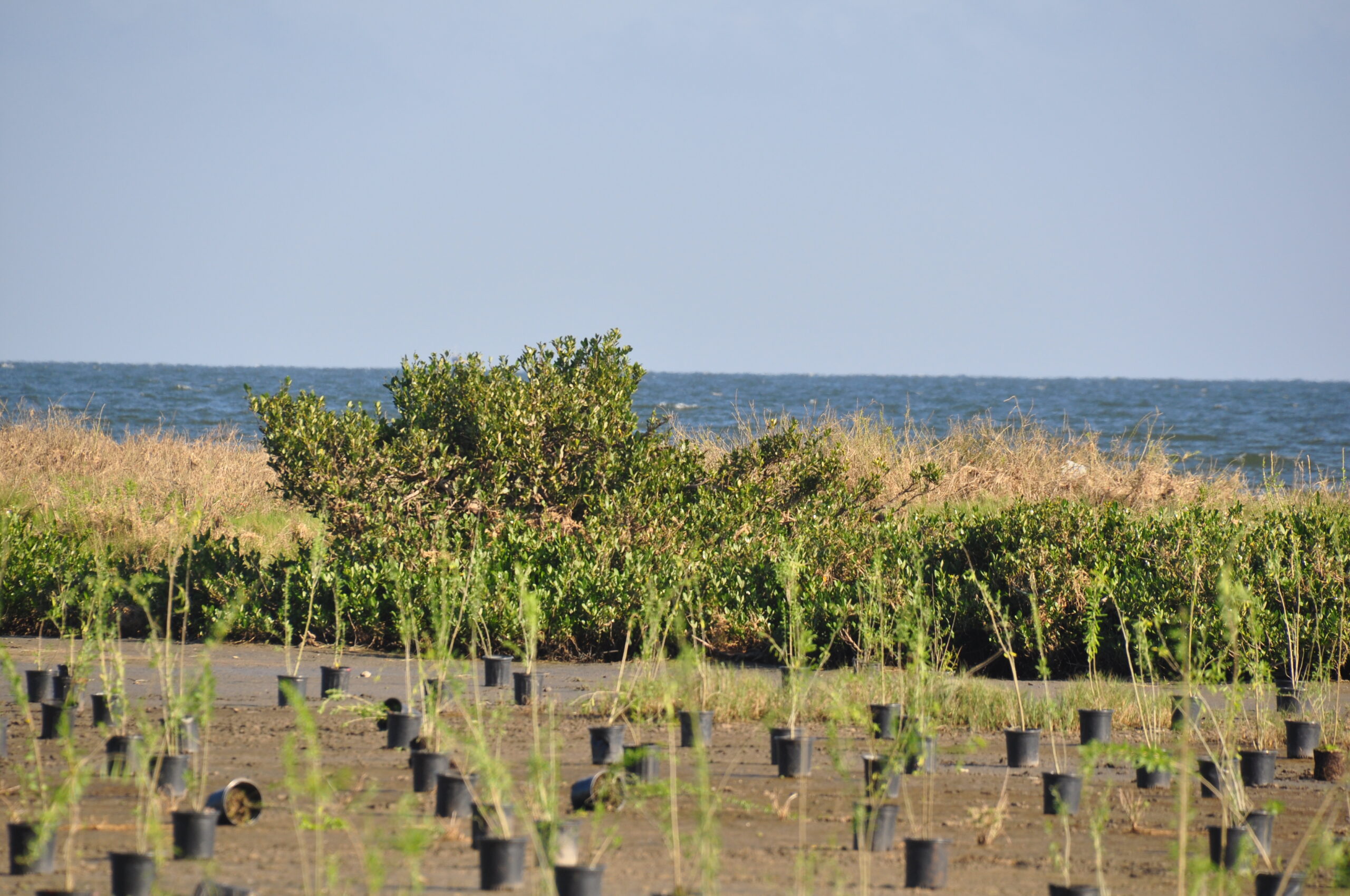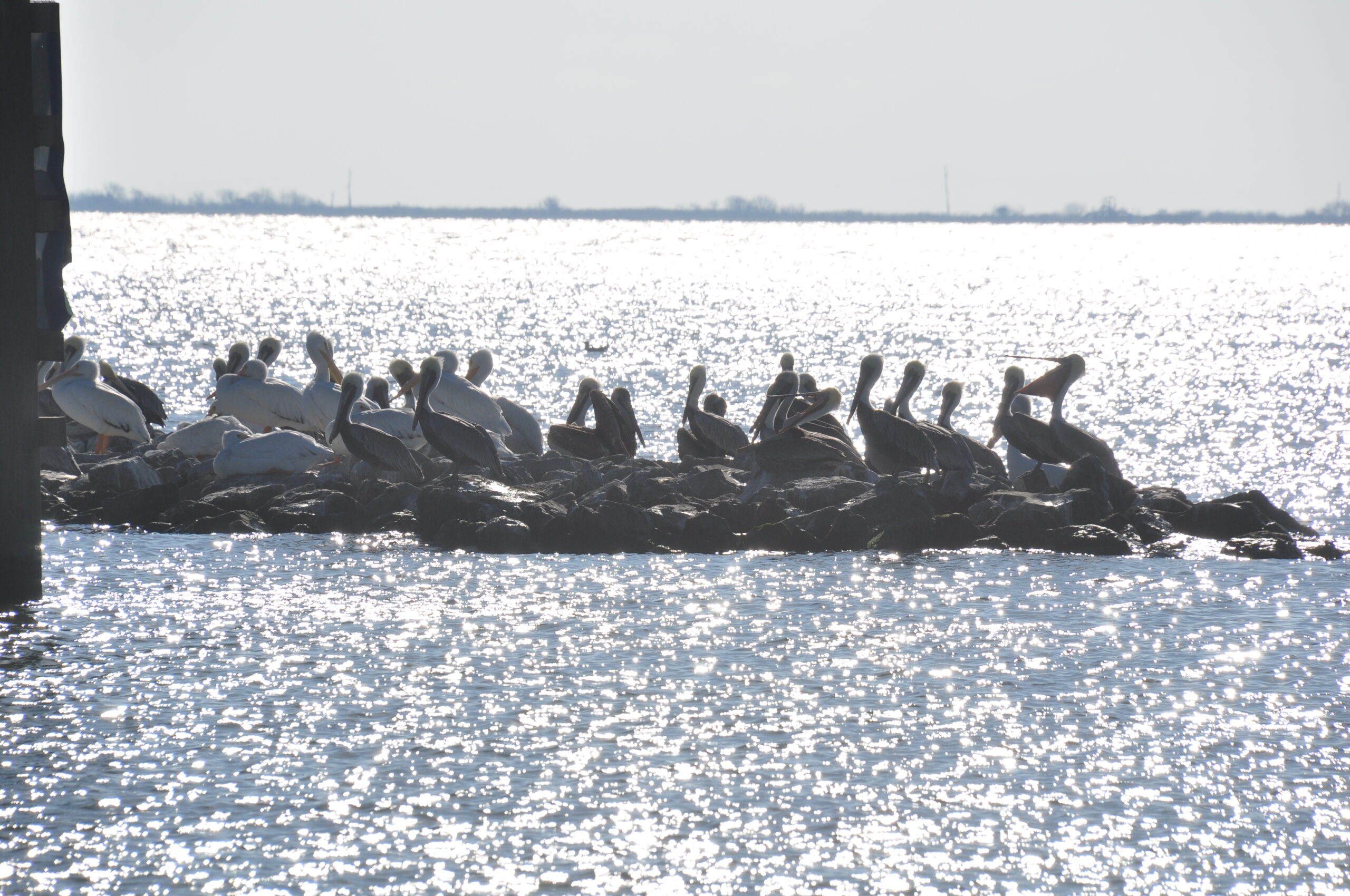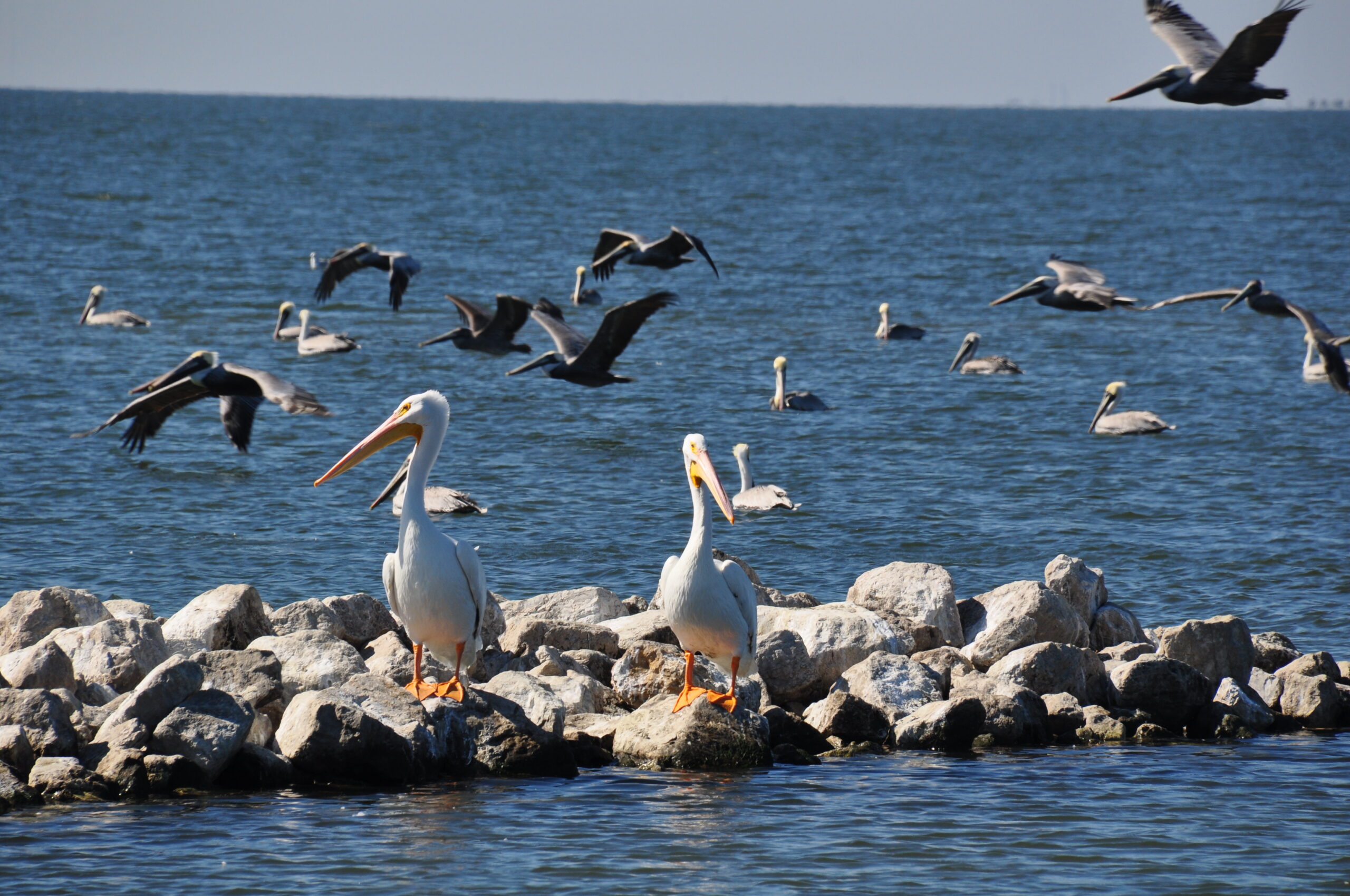Everyone Loves a Comeback Queen… Bess Island!
Imagine Louisiana without its iconic symbol and state bird, the brown pelican. Much like the people of the Bayou Region, the brown pelican has exhibited immense resiliency in the face of numerous challenges, similarly so has Queen Bess Island.
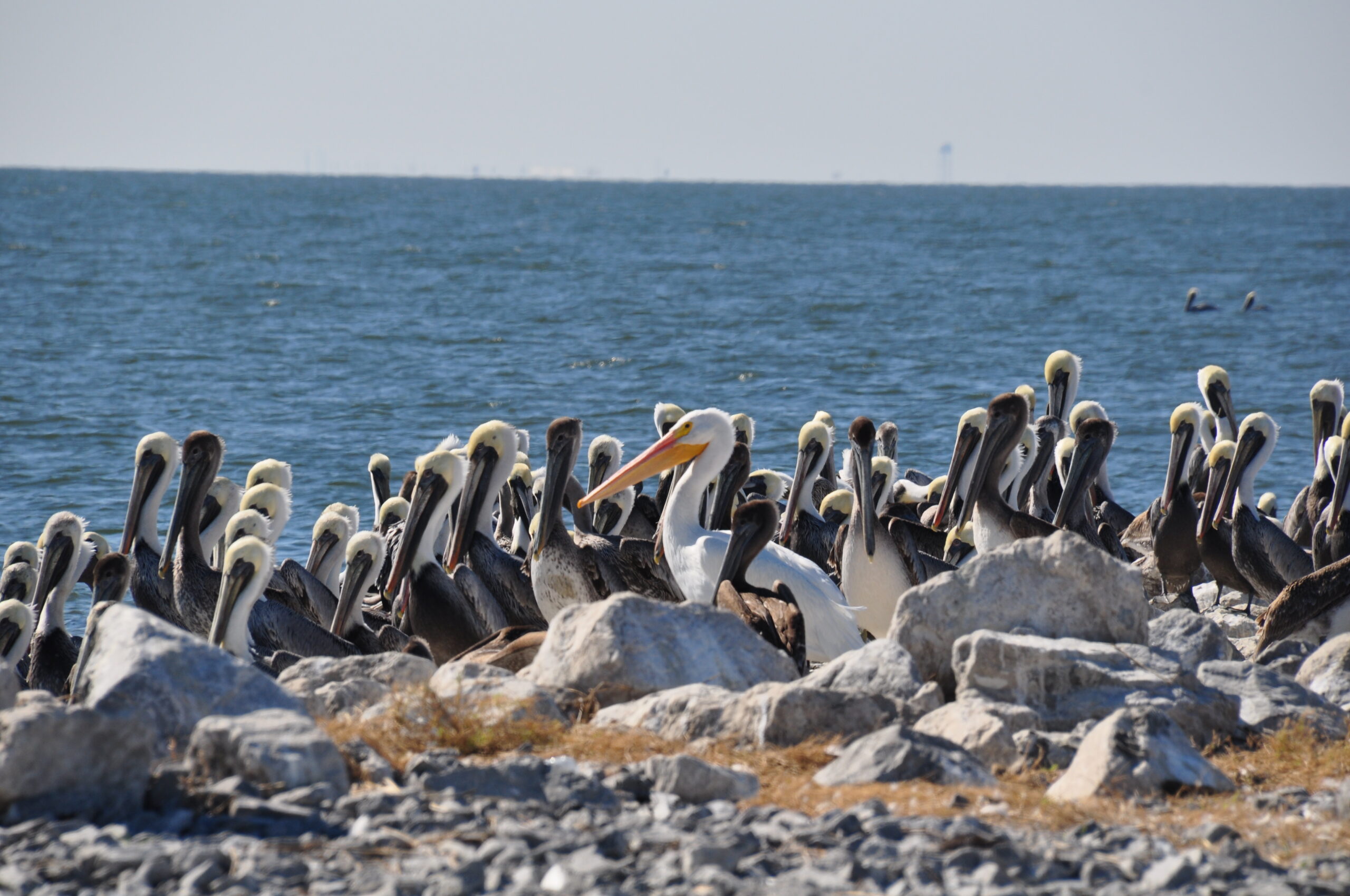 Located just a few miles northeast of Grand Isle, Louisiana, in Barataria Bay is Queen Bess Island Wildlife Refuge, an island that has stolen to hearts of many—both humans and avians alike—particularly the brown pelican. The island, one of Louisiana’s most pivotal brown pelican nesting sites and bird rookeries, has overcome obstacles. The island hosted the reintroduction of the Brown Pelican to Louisiana after the now-banned DDT pesticide caused travesty to the species in the mid-1960s. Subsidence and erosion have also caused it to sink and disappear into the bay. Additionally, Queen Bess Island was heavily impacted by BP’s Deepwater Horizon tragedy in 2010 which not only took 11 lives but also killed 1,000 birds and contributed to the island’s continued deterioration to a mere five nestable acres.
Located just a few miles northeast of Grand Isle, Louisiana, in Barataria Bay is Queen Bess Island Wildlife Refuge, an island that has stolen to hearts of many—both humans and avians alike—particularly the brown pelican. The island, one of Louisiana’s most pivotal brown pelican nesting sites and bird rookeries, has overcome obstacles. The island hosted the reintroduction of the Brown Pelican to Louisiana after the now-banned DDT pesticide caused travesty to the species in the mid-1960s. Subsidence and erosion have also caused it to sink and disappear into the bay. Additionally, Queen Bess Island was heavily impacted by BP’s Deepwater Horizon tragedy in 2010 which not only took 11 lives but also killed 1,000 birds and contributed to the island’s continued deterioration to a mere five nestable acres.
The State, along with project and community partners like Restore or Retreat, recognized the critical importance of addressing the ecological sustainability needs of Queen Bess Island, as well as the powerful educational component of the island’s revival being a future model for restoration to not only the communities of Lafourche and Terrebonne parishes, but the entire state of Louisiana. Restore or Retreat was eager to jump in and assist when we were approached about a fall planting ahead of the island’s second nesting season.
Between November 12 and 13, sixty eager coastal enthusiasts, including local students, faculty, athletes, biologists, engineers and more, gathered at the Louisiana Department of Wildlife and Fisheries Research Lab in Grand Isle to await their boat ride to Queen Bess Island with one goal in mind—restoring our coast! As a partnership between Restore or Retreat, Louisiana Department of Wildlife and Fisheries, Barataria-Terrebonne National Estuary Program, Shell, Jefferson Parish and Nicholls State University, the 2020 Queen Bess Island Planting provided an opportunity for area volunteers to transplant a combination of over 6,000 black mangrove and matrimony vine plants to help reinforce nesting sites on the recently restored 37 acres of Queen Bess Island. Onlooking pelicans curiously observed, as they squawked and sat on nearly rocks, while planting participants efficiently dug, scooped, placed, covered and patted the dirt and moved from one plot to the next.
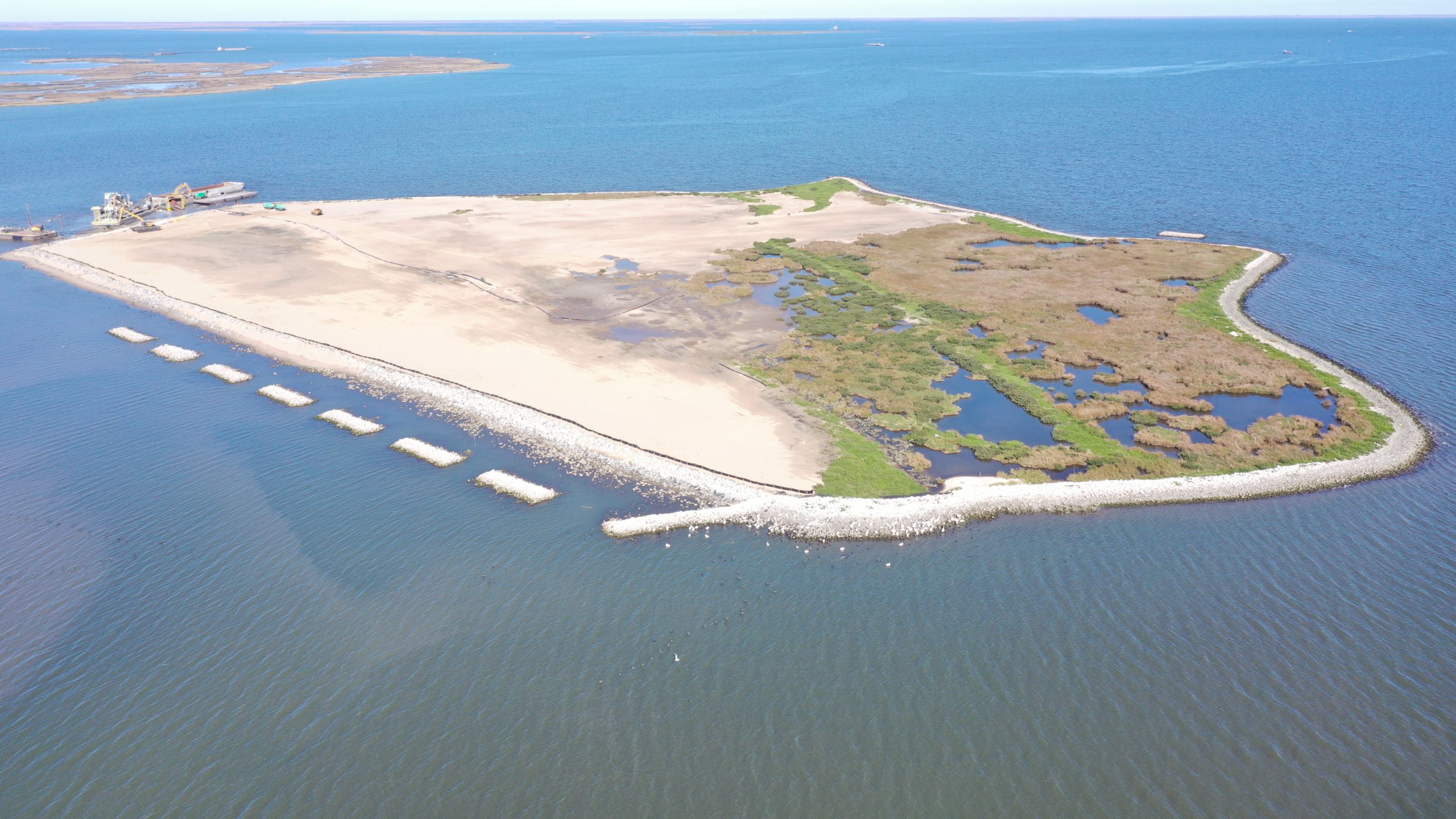
Courtesy of CPRA
With Queen Bess boasting 15-20% of the state’s total nesting, as well as a vital habitat for a number of species, including roseate spoonbills, tri-colored herons, great egrets and royal terns, this fall planting enhances the recently completed Queen Bess Island restoration project of the Louisiana Coastal Protection and Restoration Authority. It also allows enough time for vegetation establishment before flocks of pelicans and other colonial waterbirds by the thousands call it home in early spring of 2021.
The Queen Bess Island restoration project and supportive planting are integral to the long-term survival of brown pelicans in Louisiana and sustainability of our southern treasure, Queen Bess Island. Likewise, the hard work and passion of all volunteers, as well as the support of project partners and our community partners Bayou Community Foundation, Entergy, Off the Hook Cajun Restaurants, and the Louisiana Wildlife and Fisheries Foundation solidifies Restore or Retreat’s mission to saving our coast, community and culture—in an irreplaceable region.
